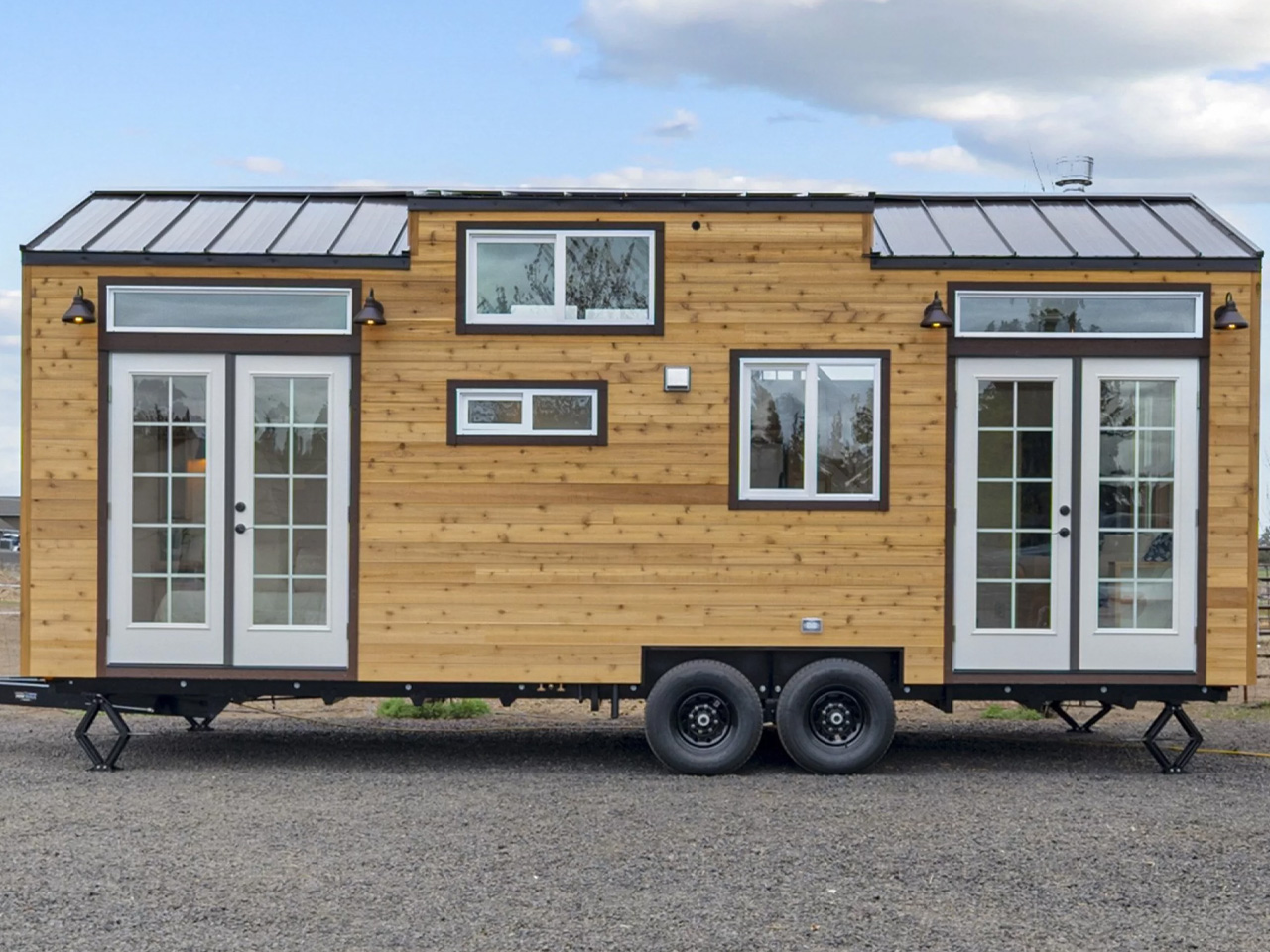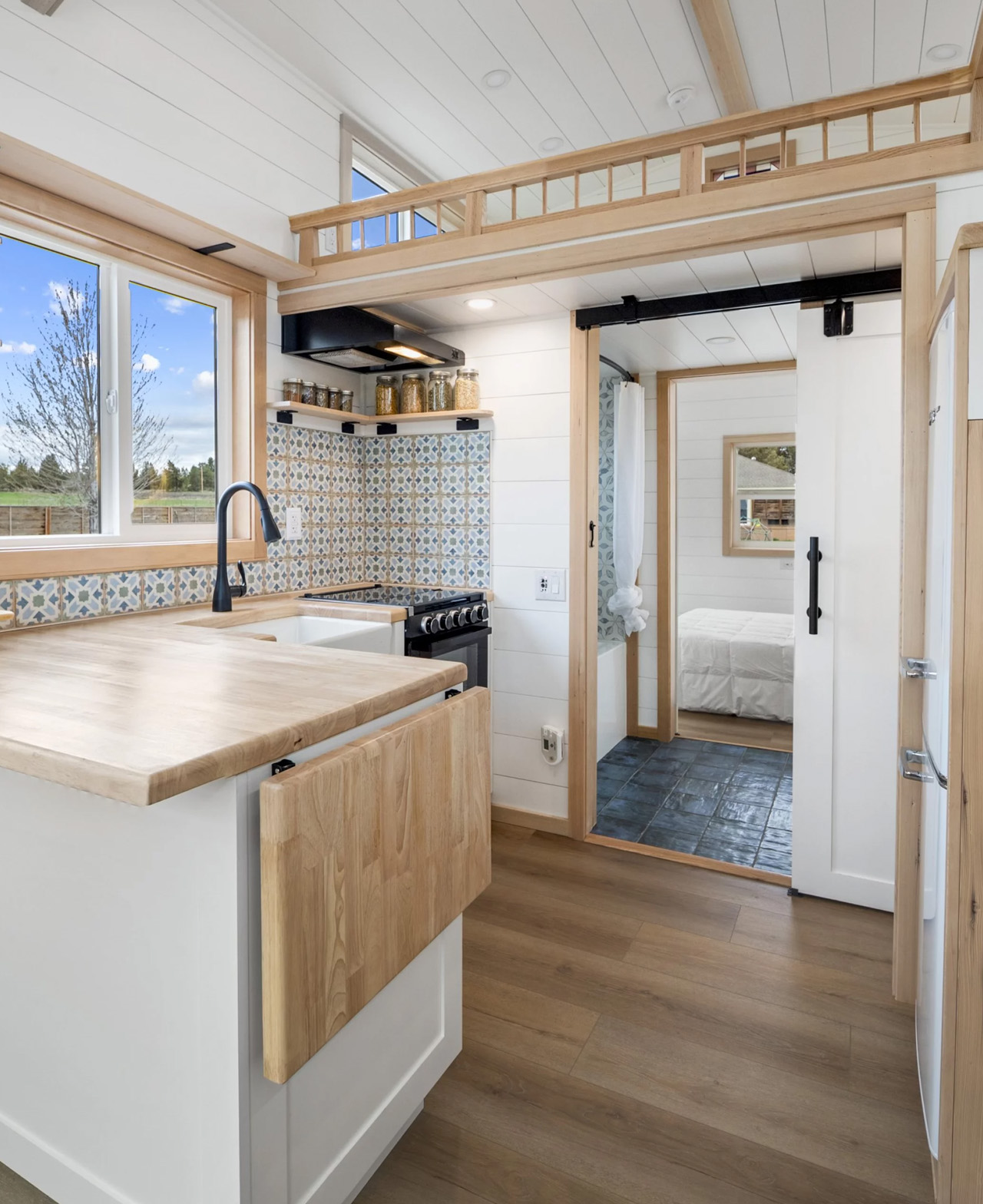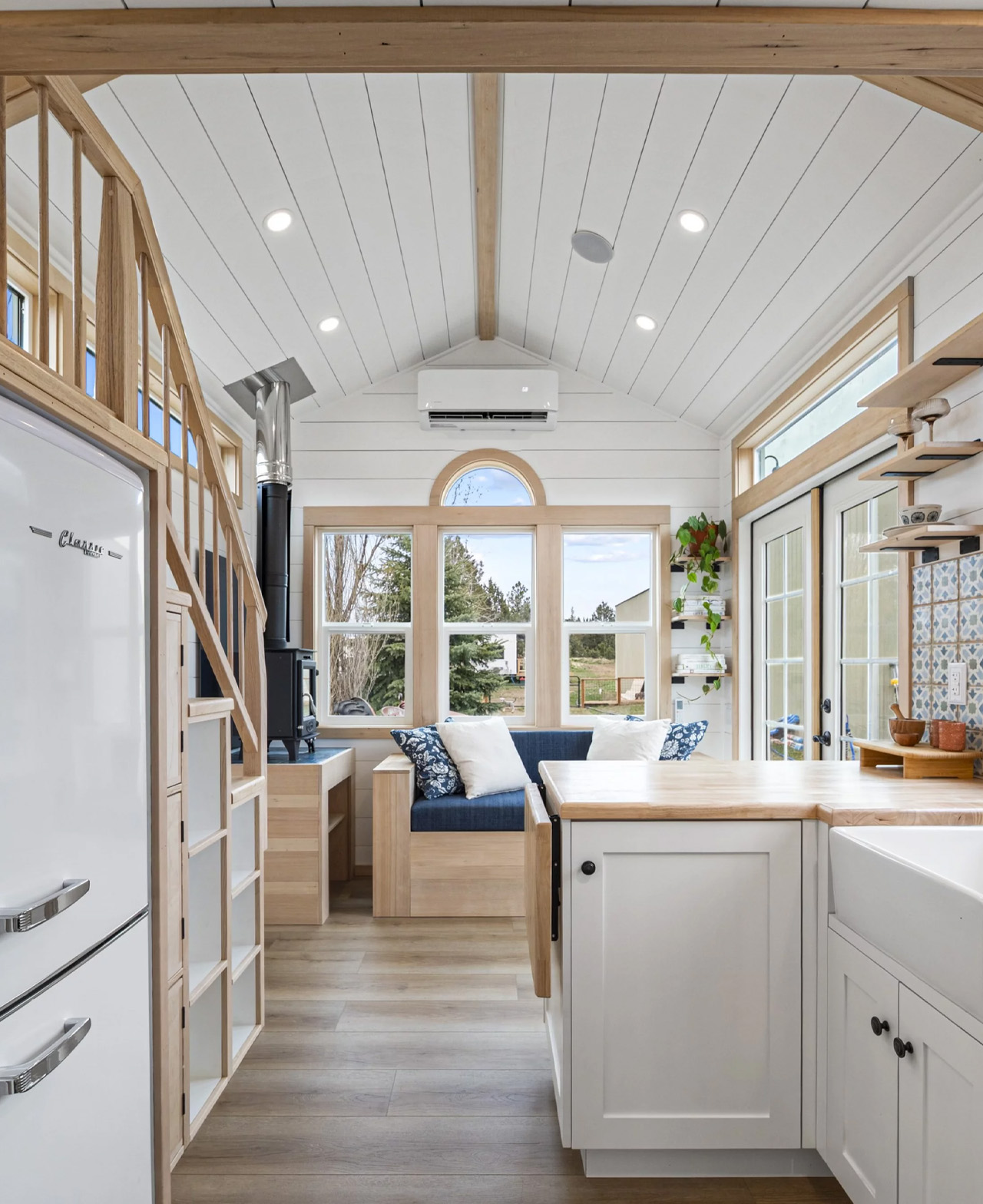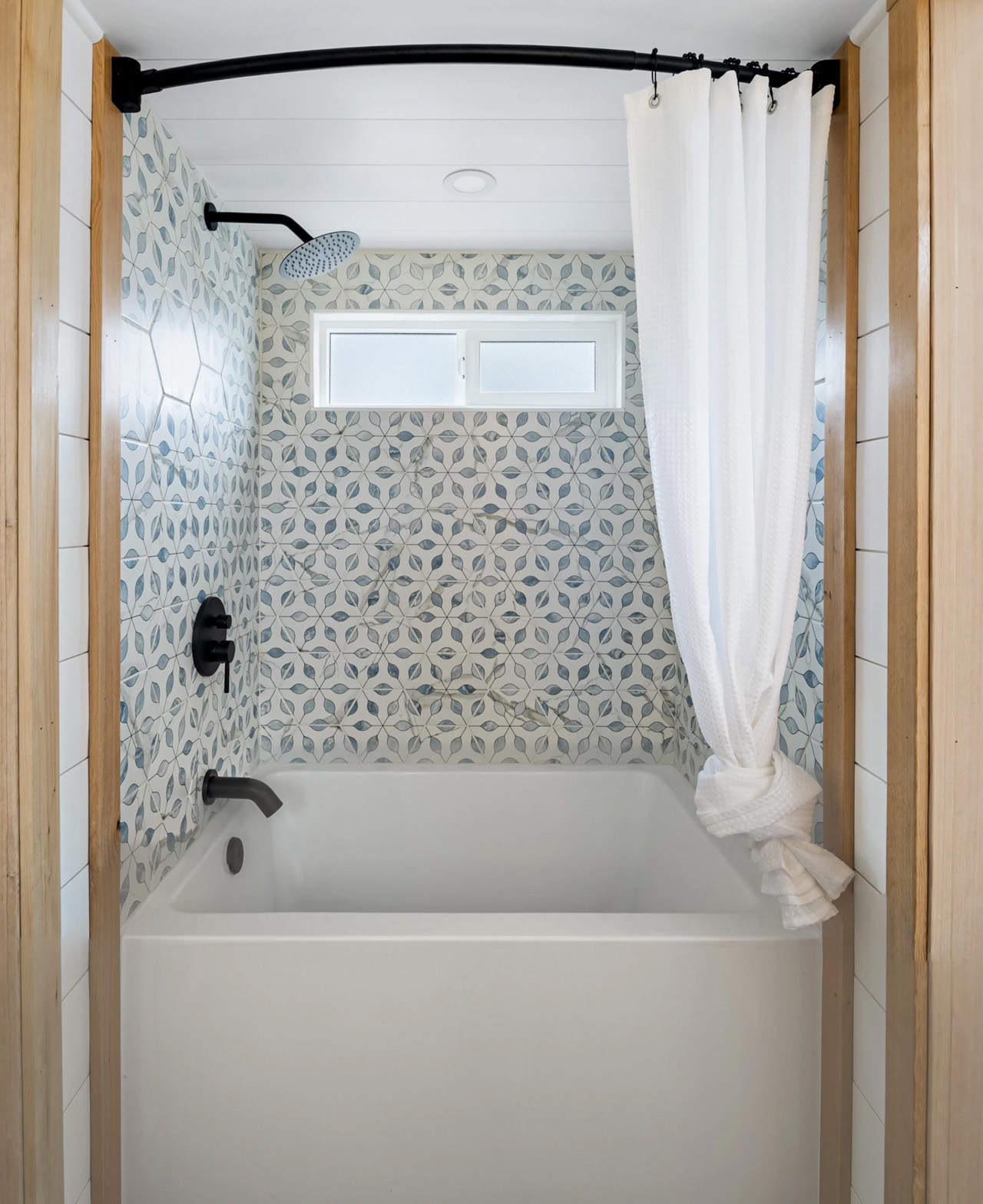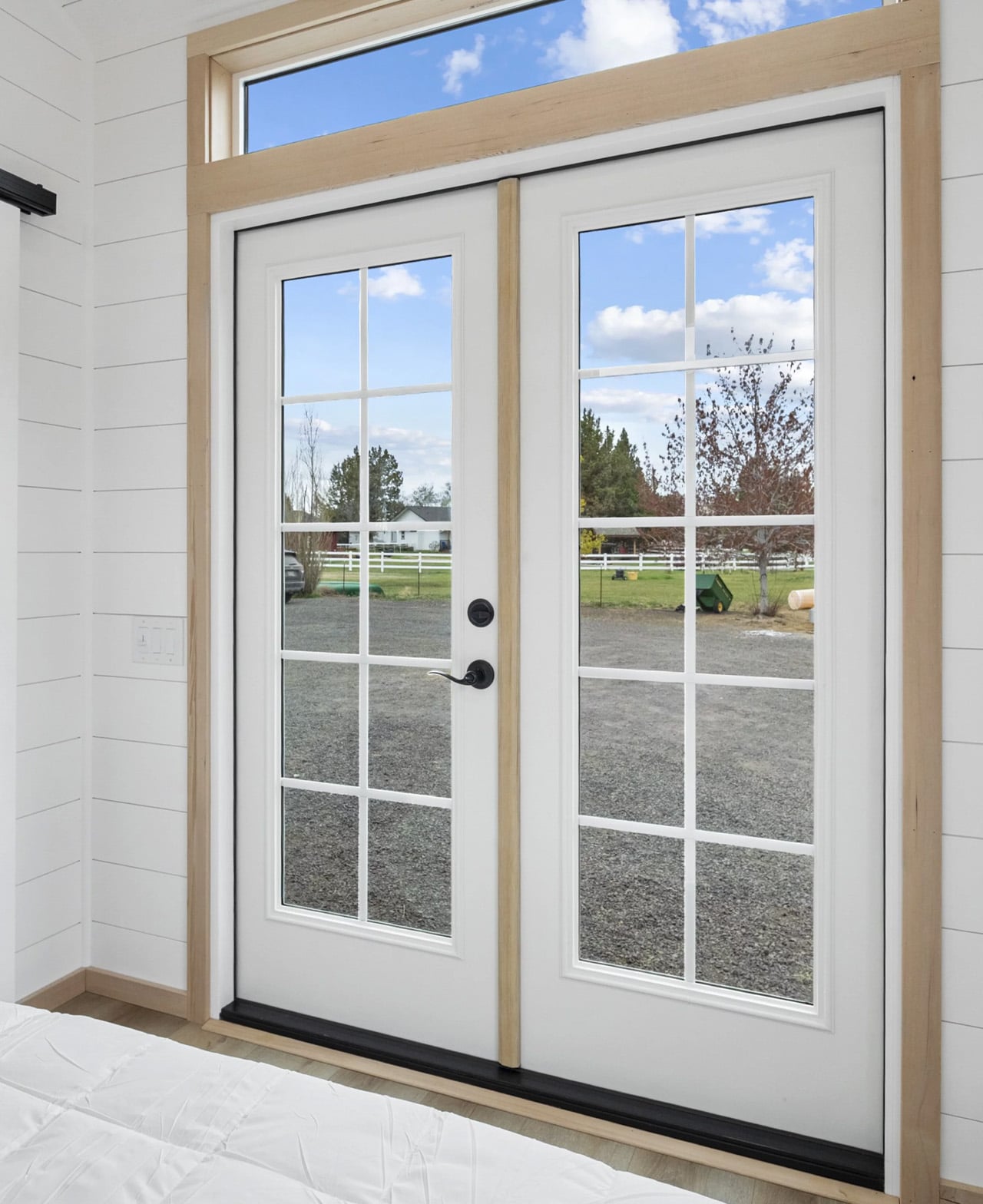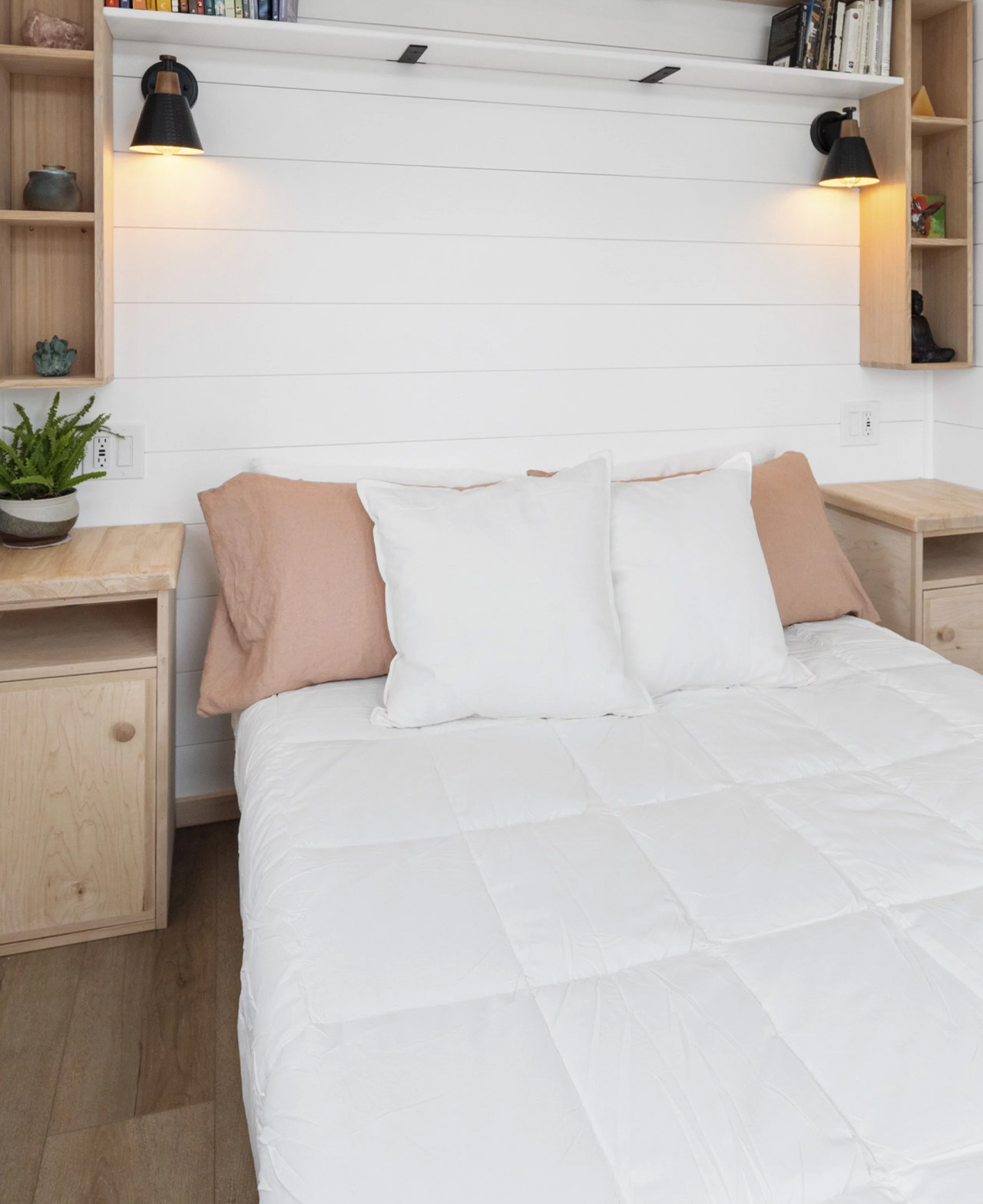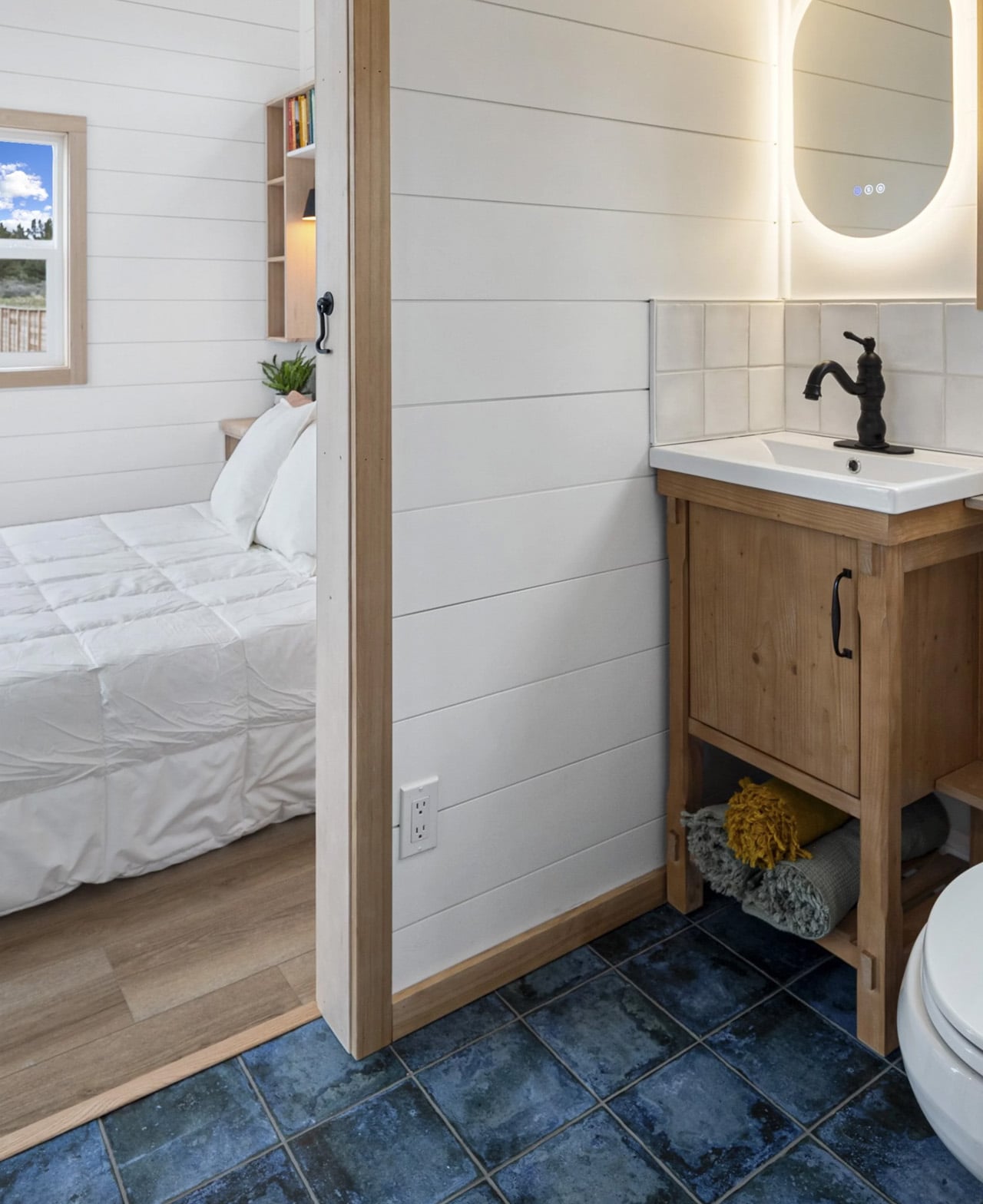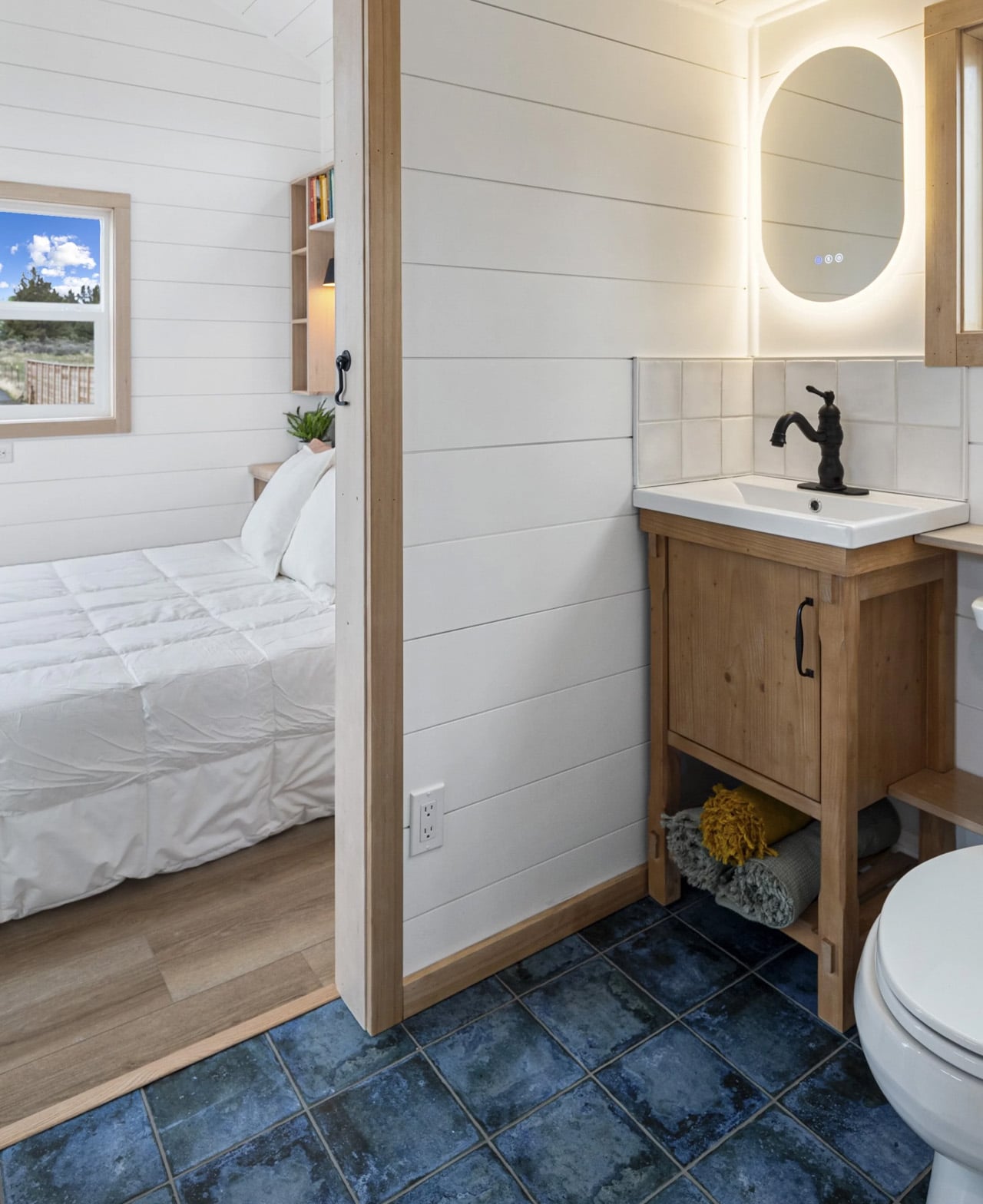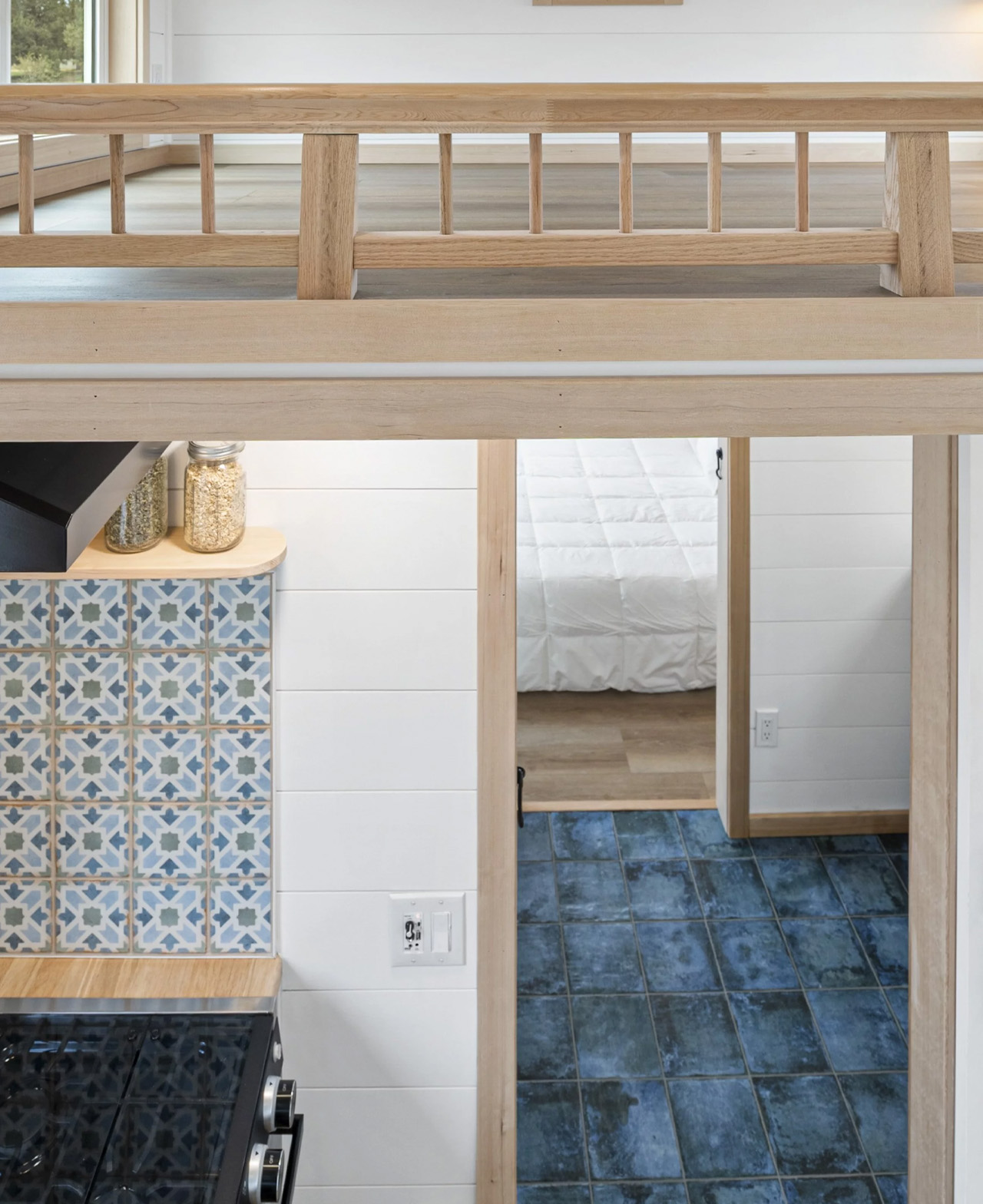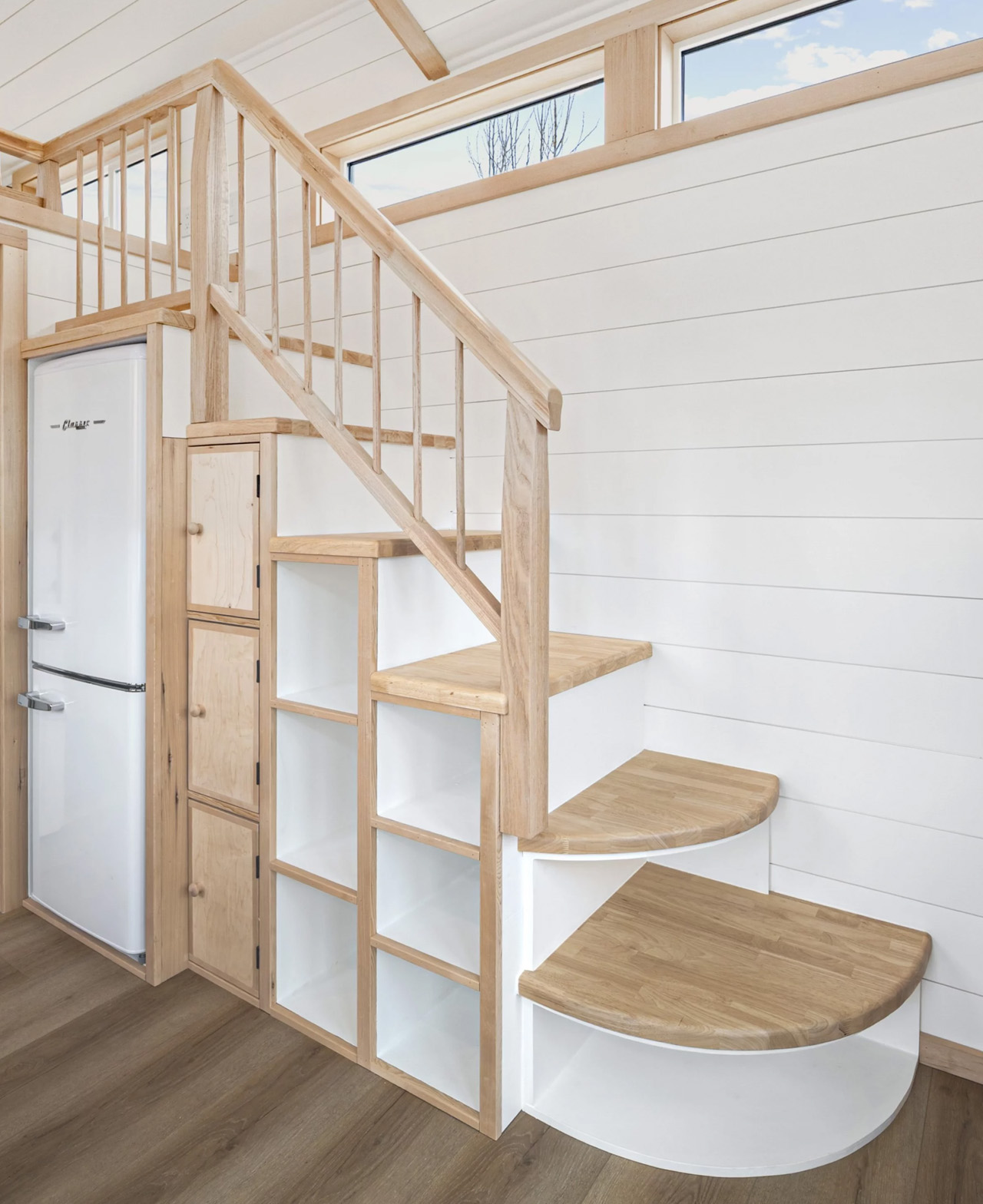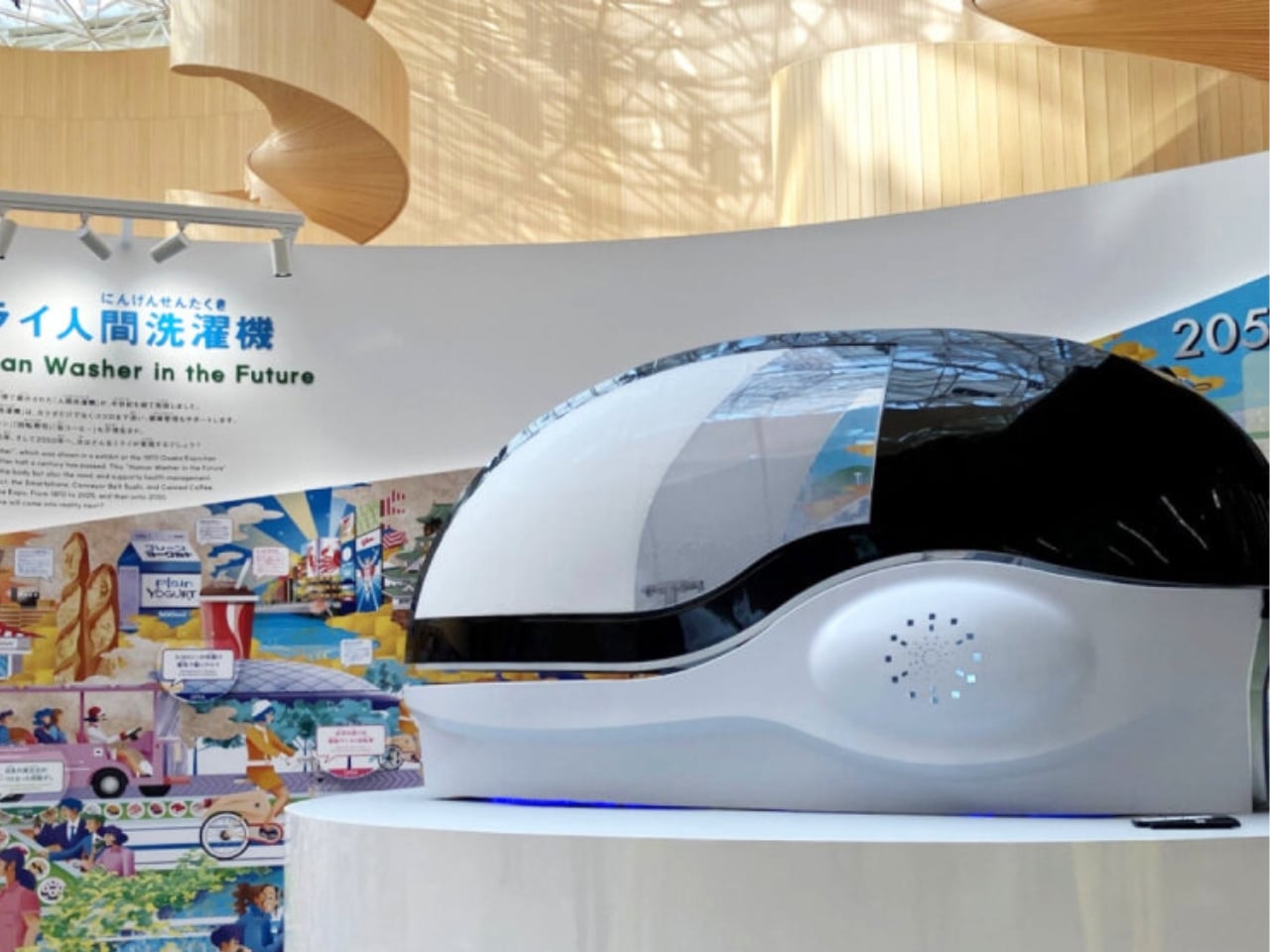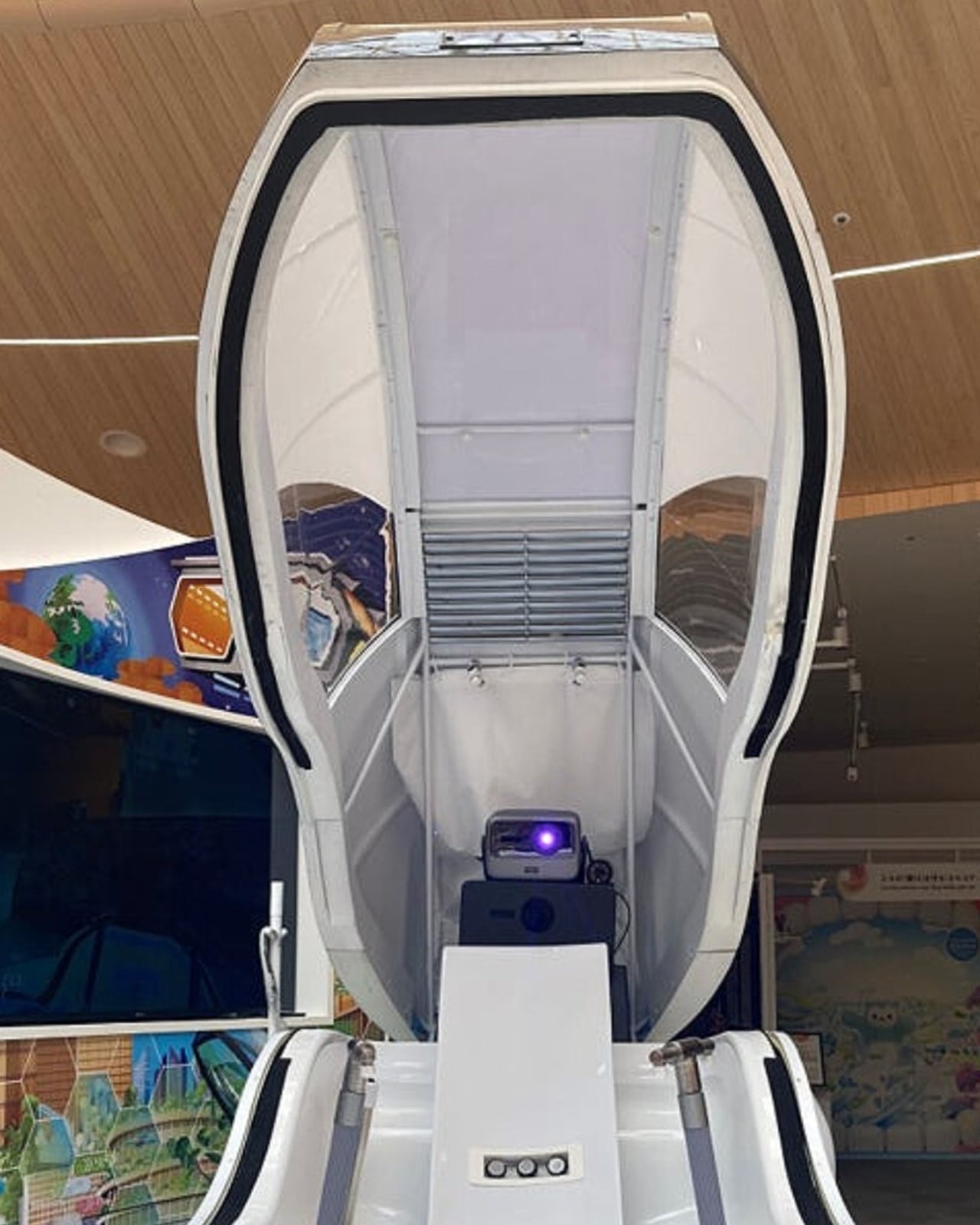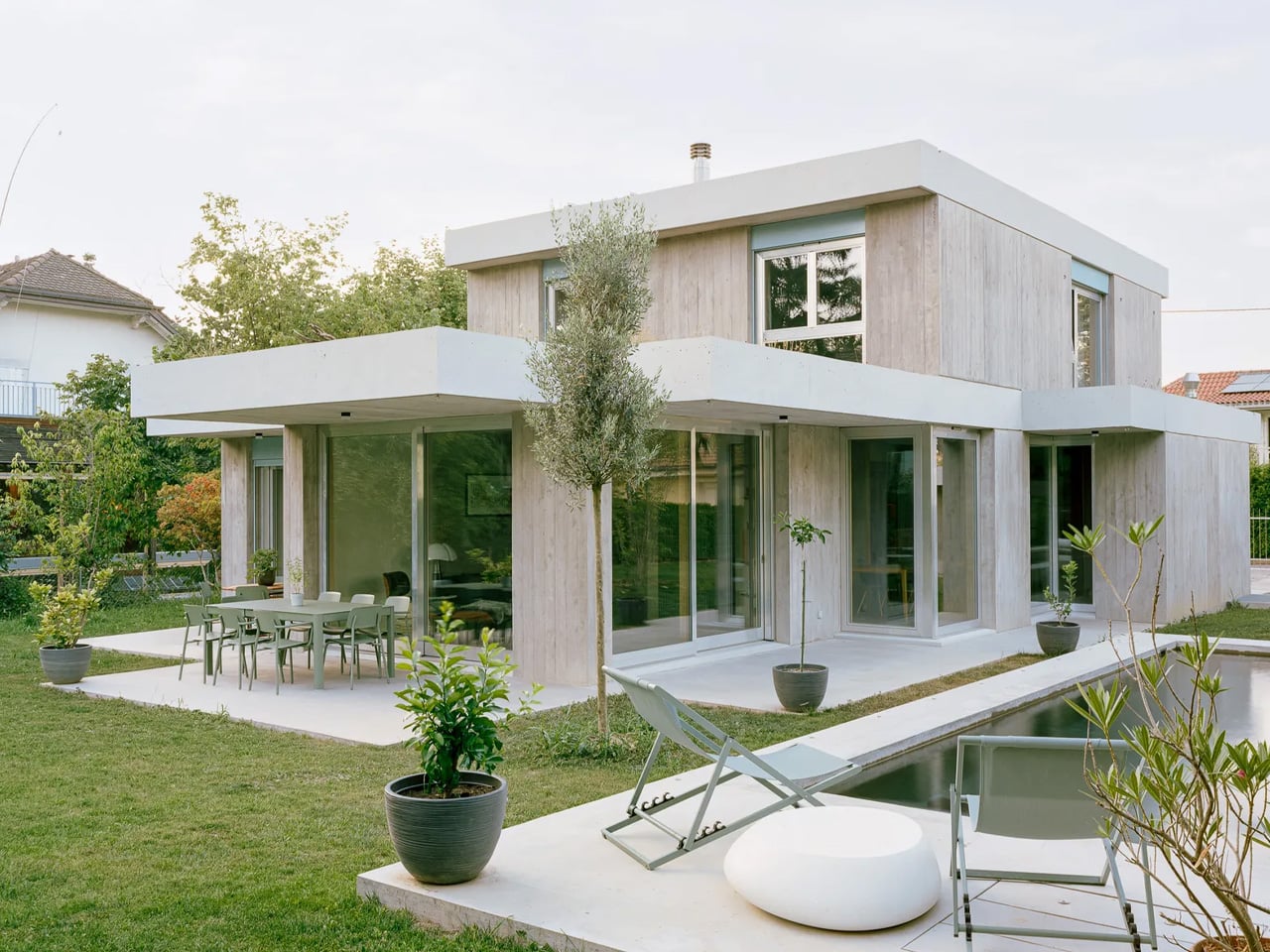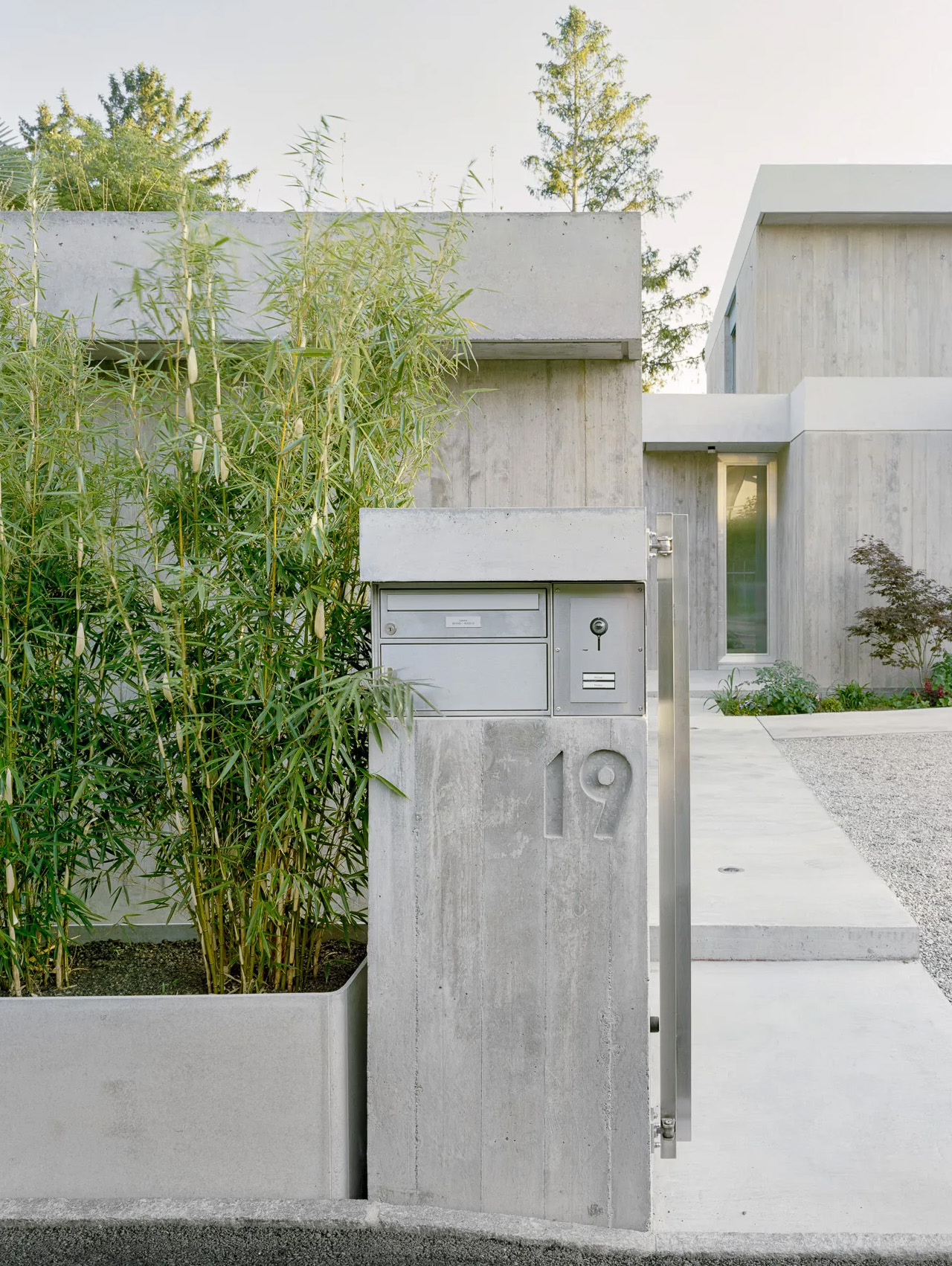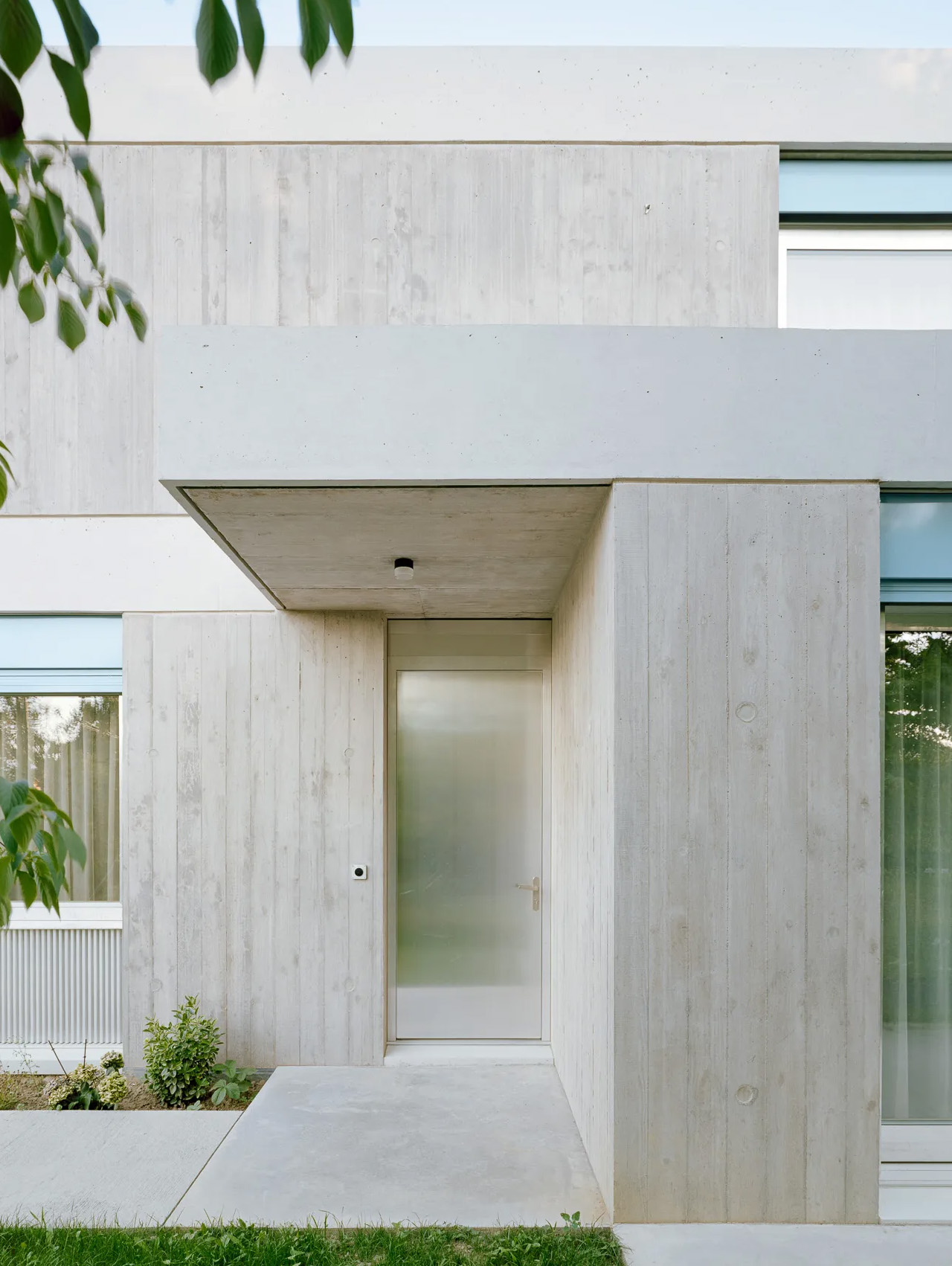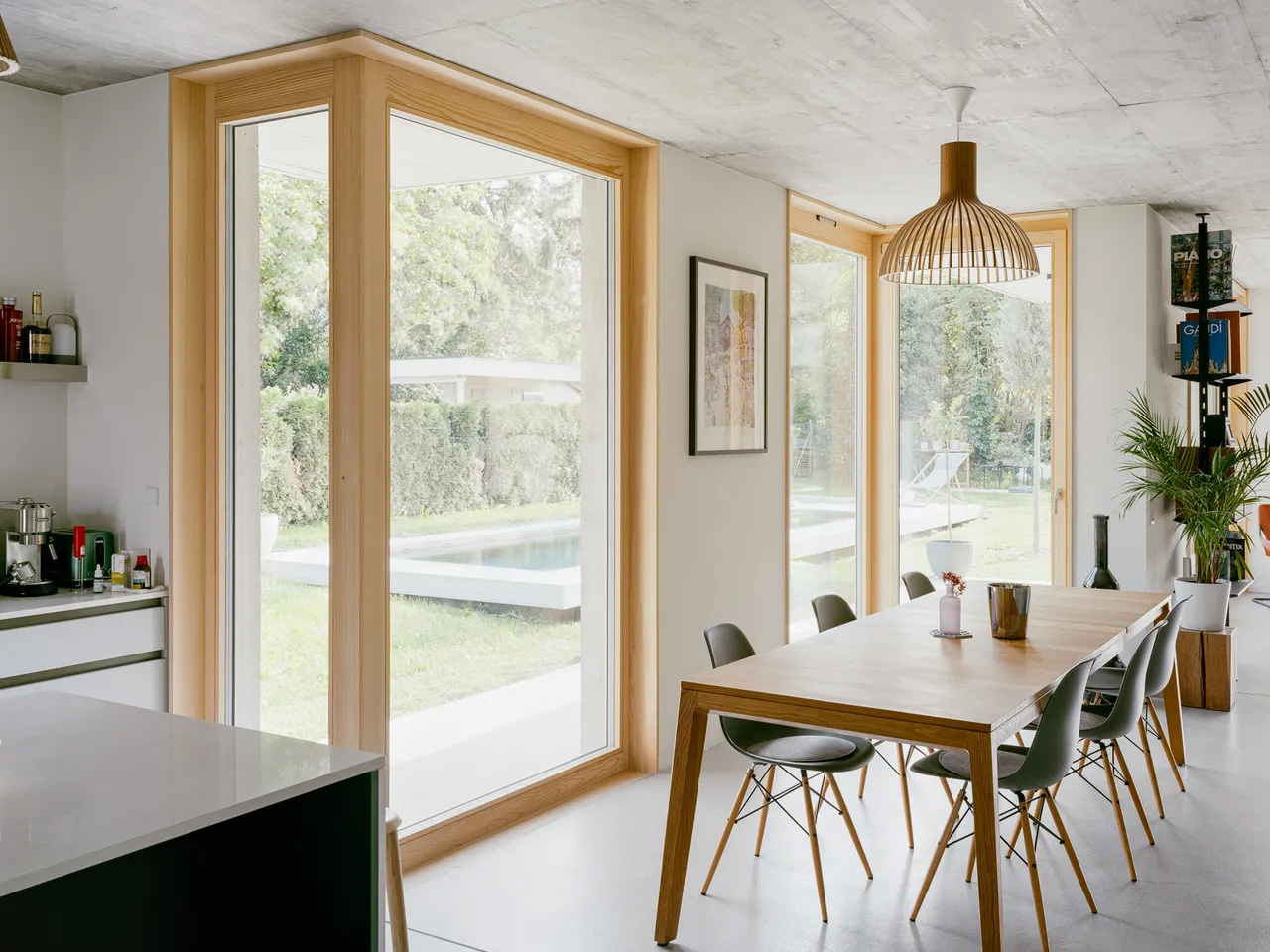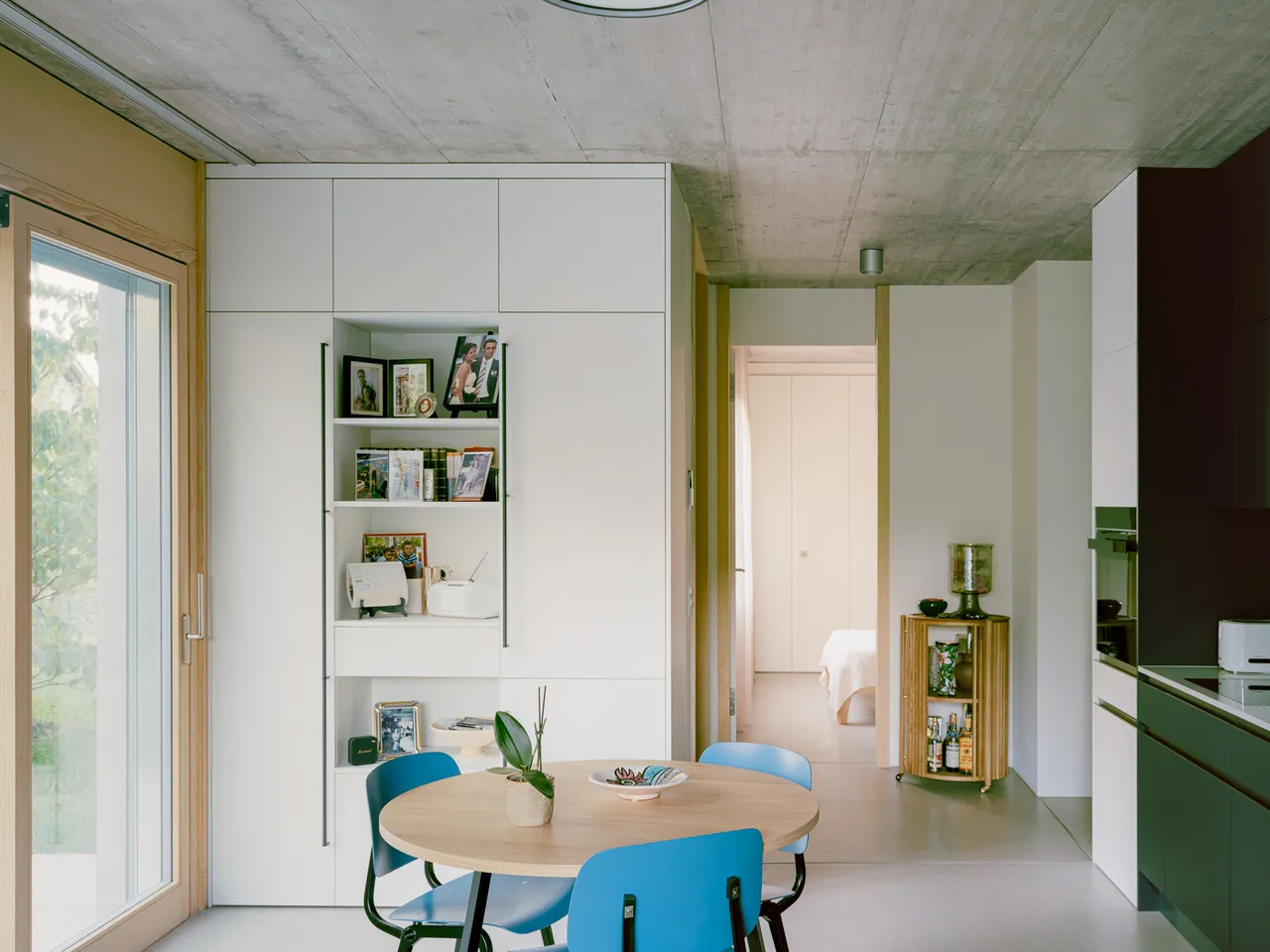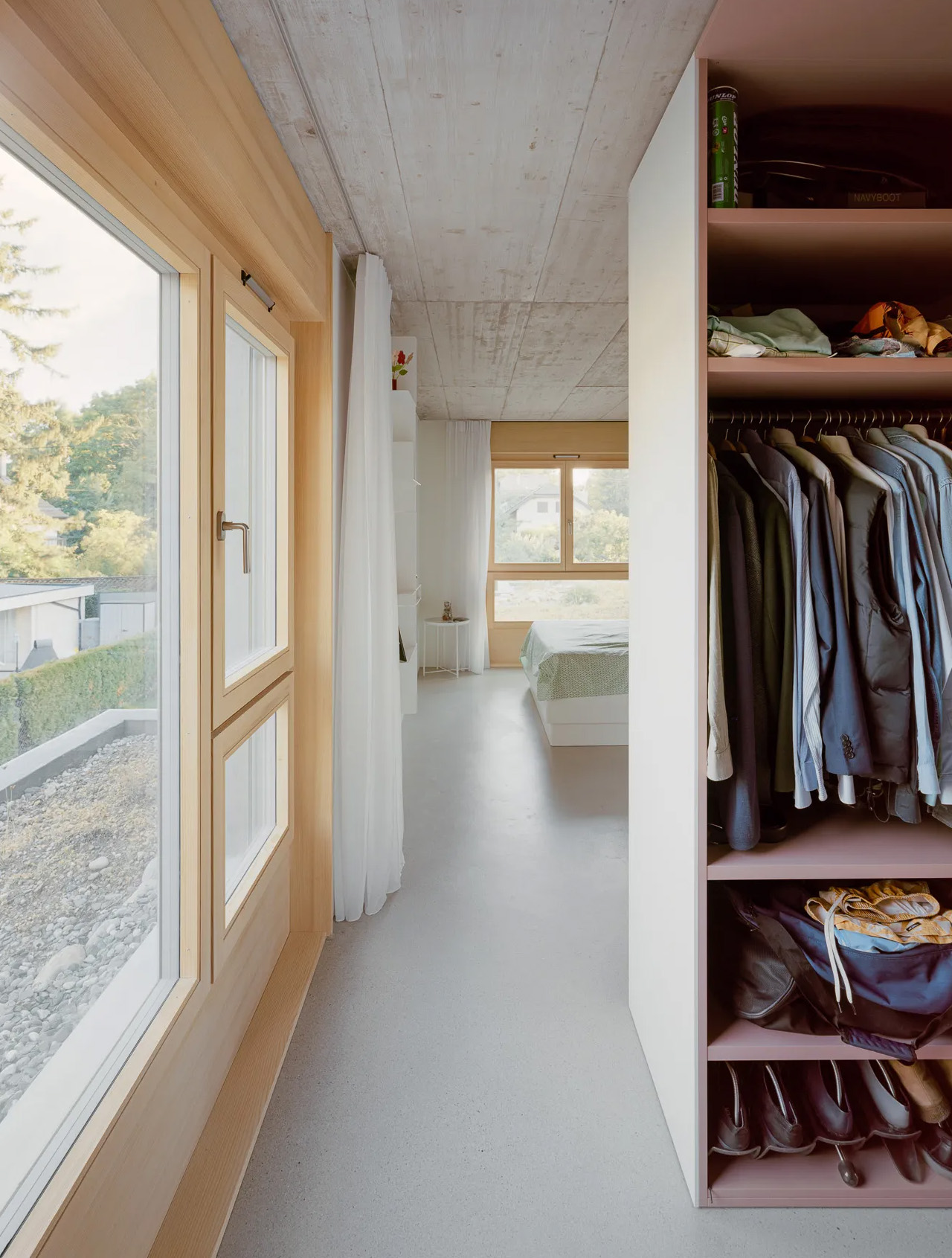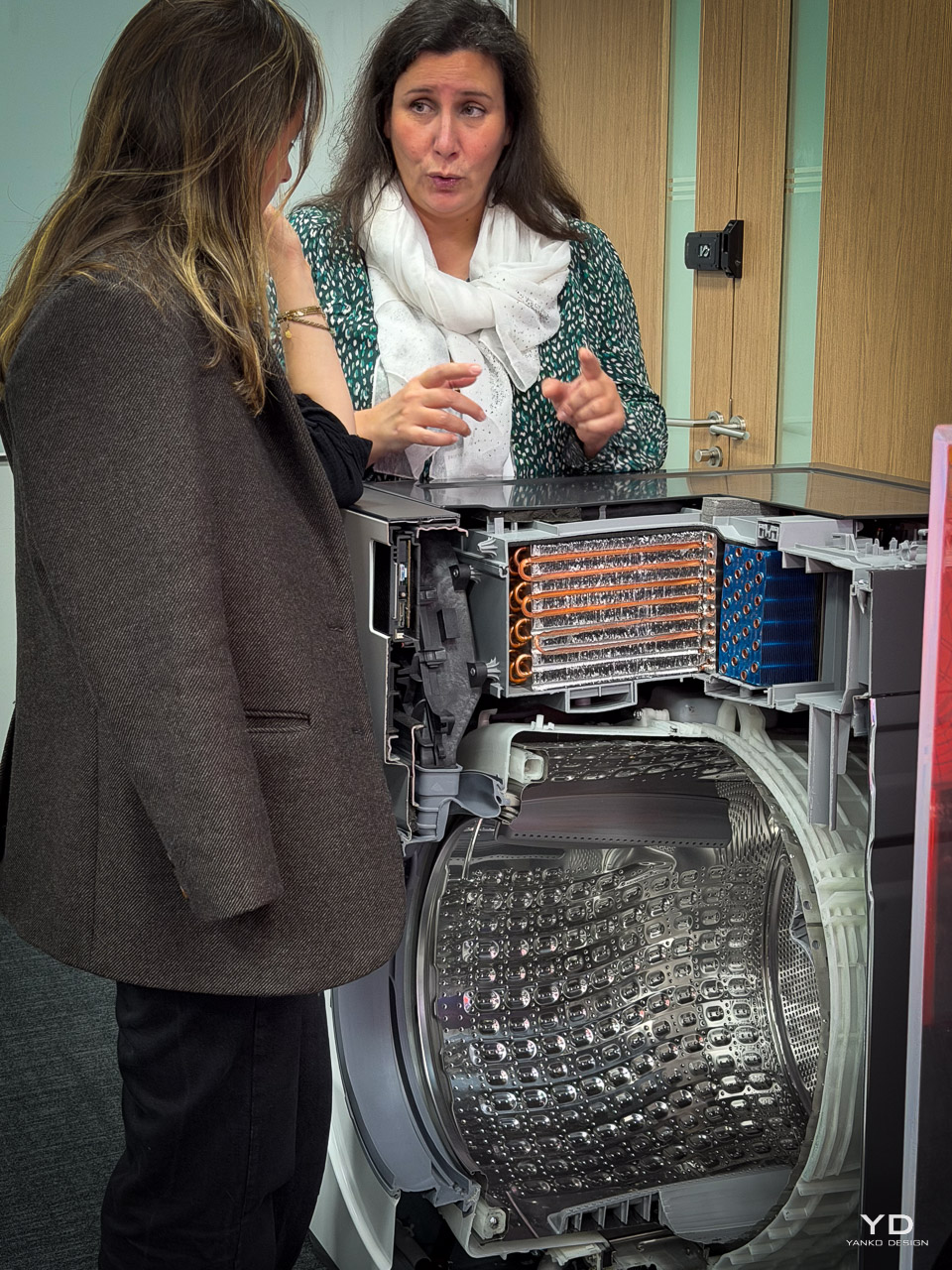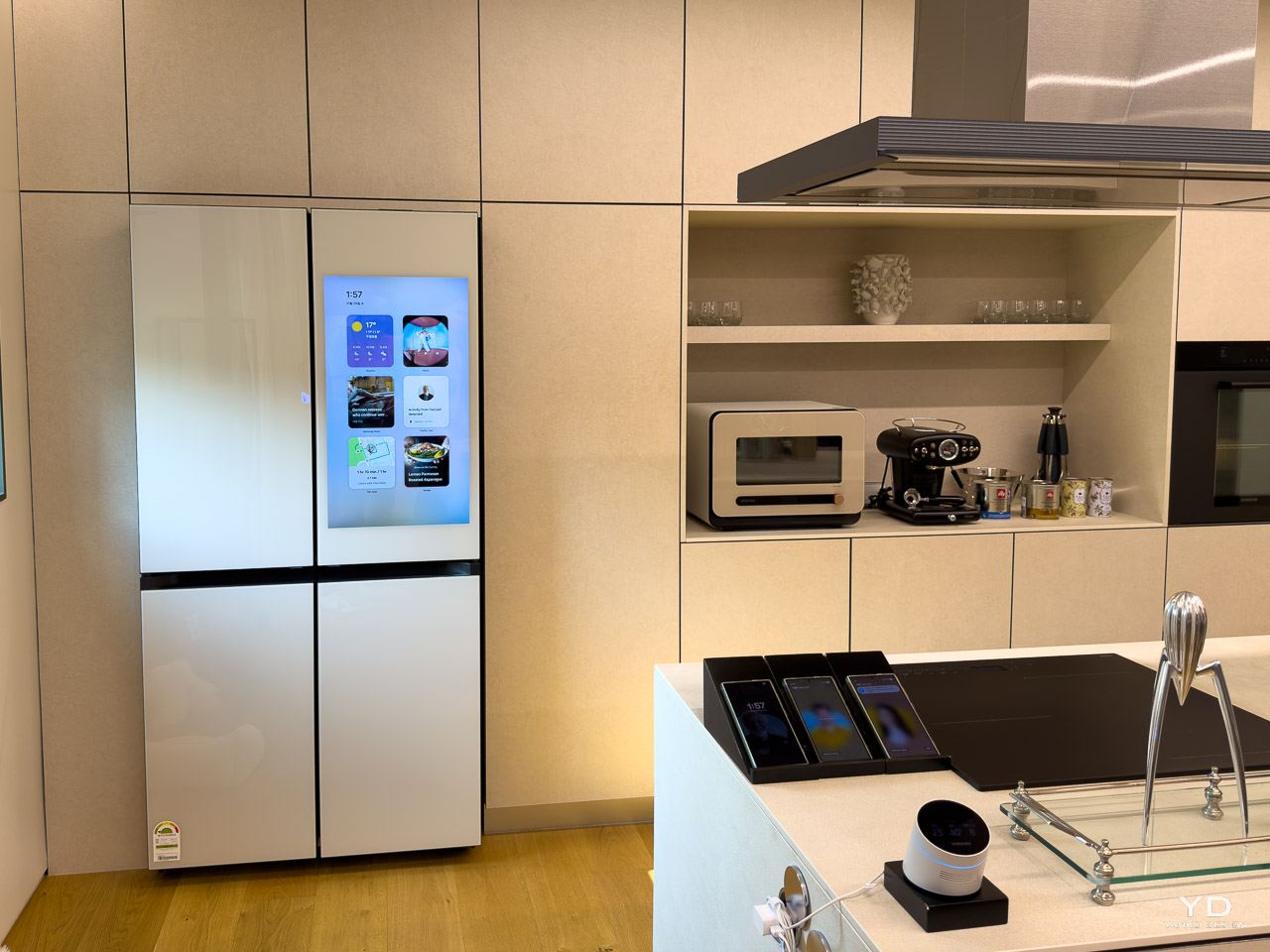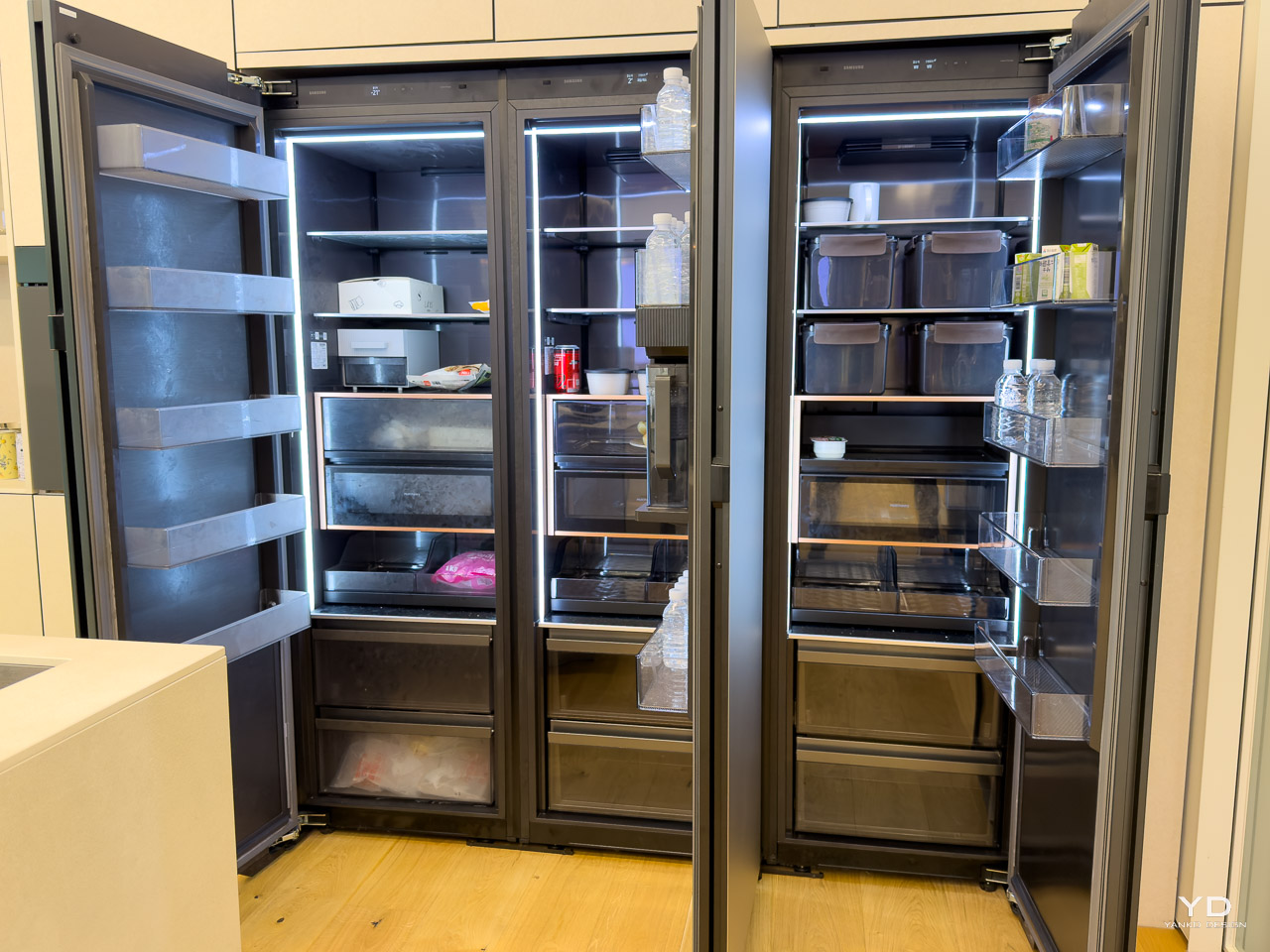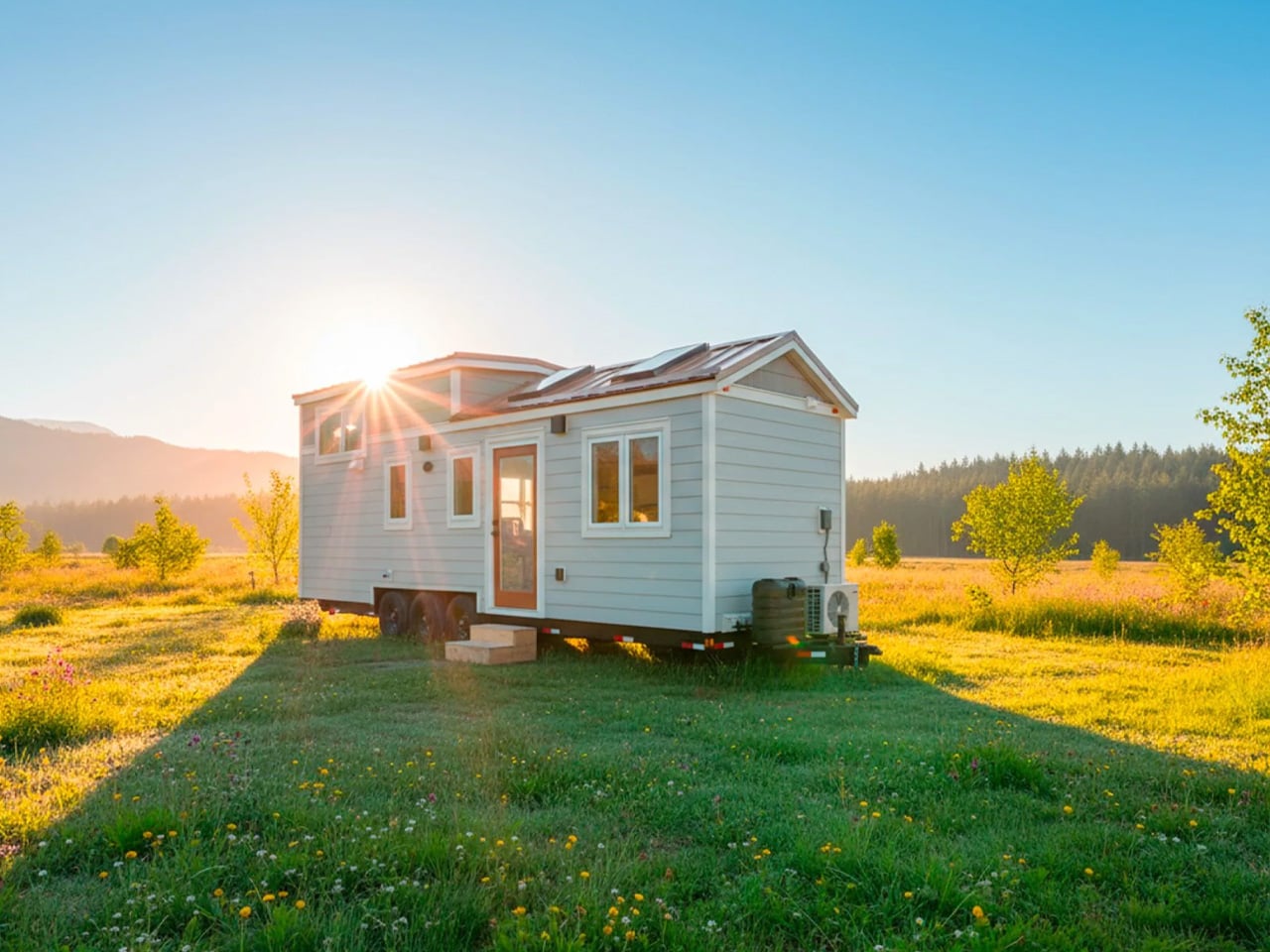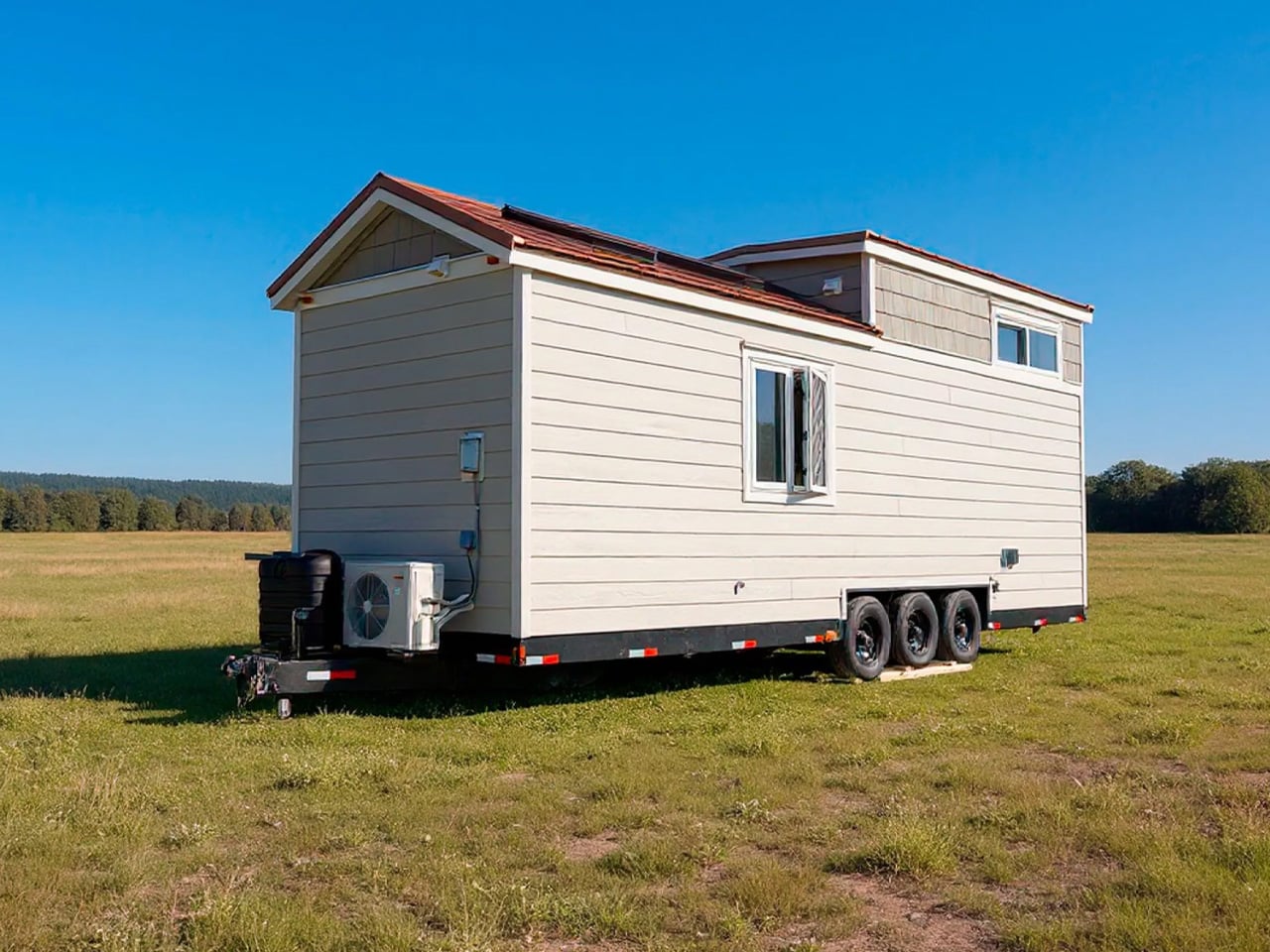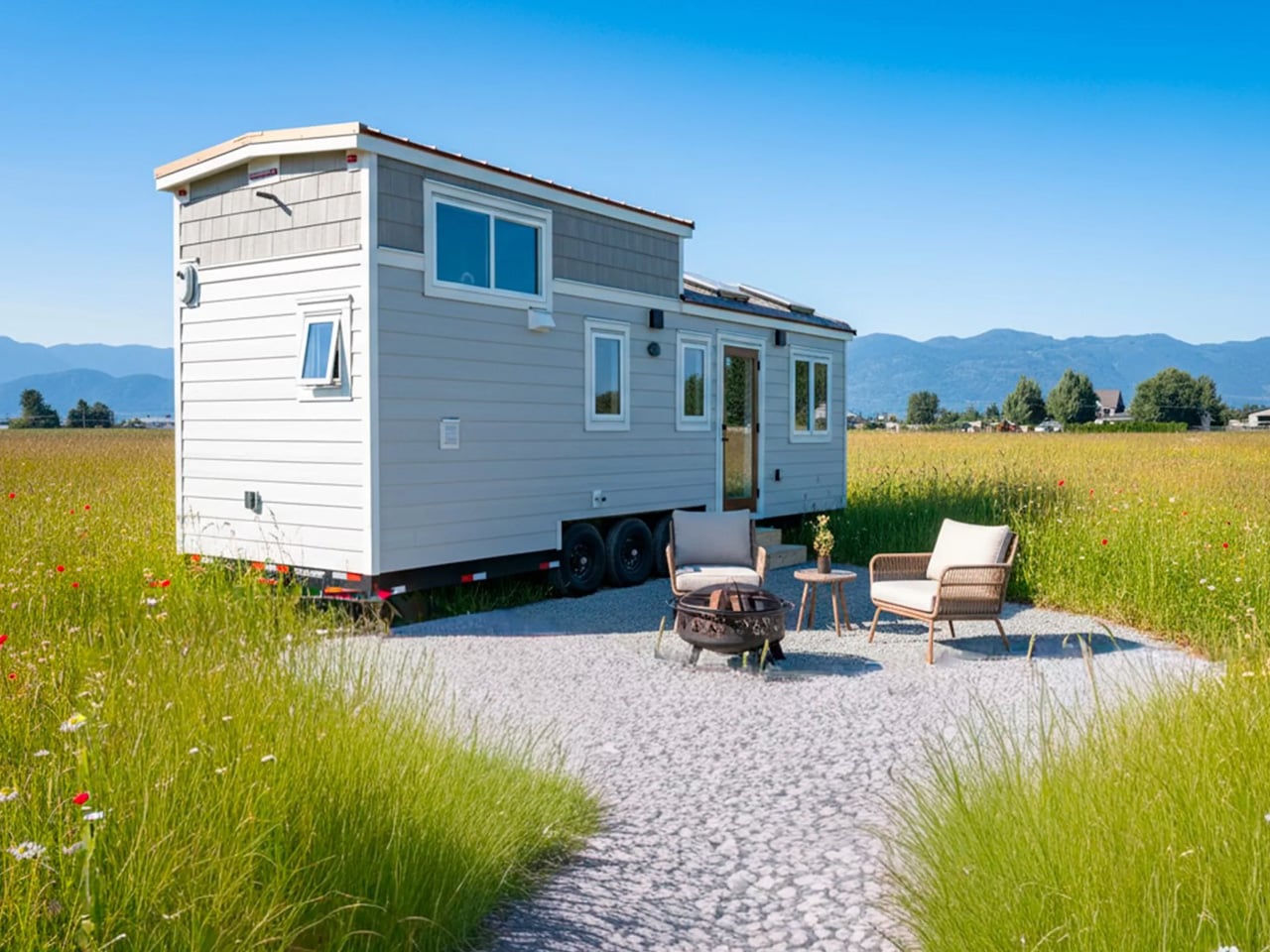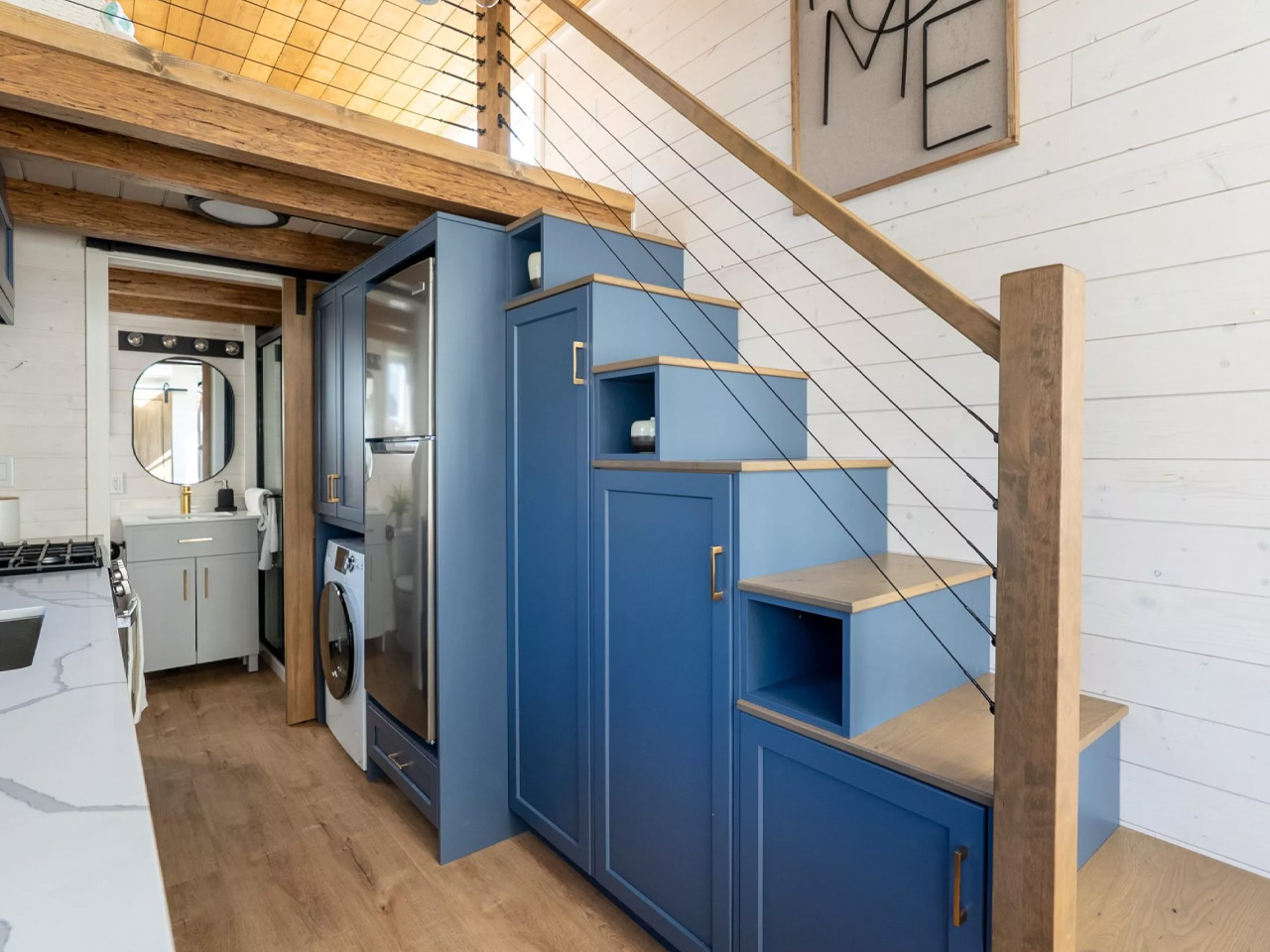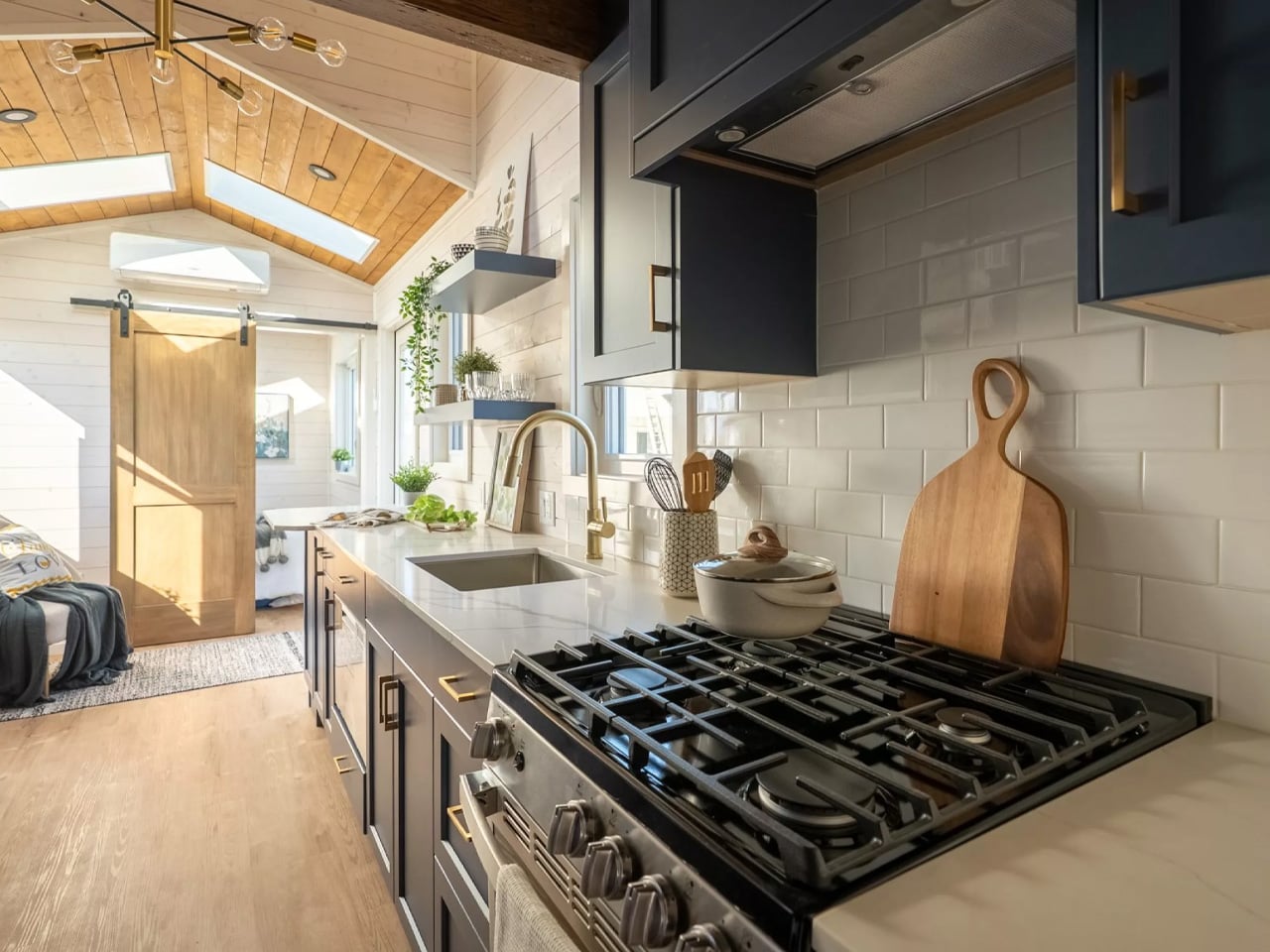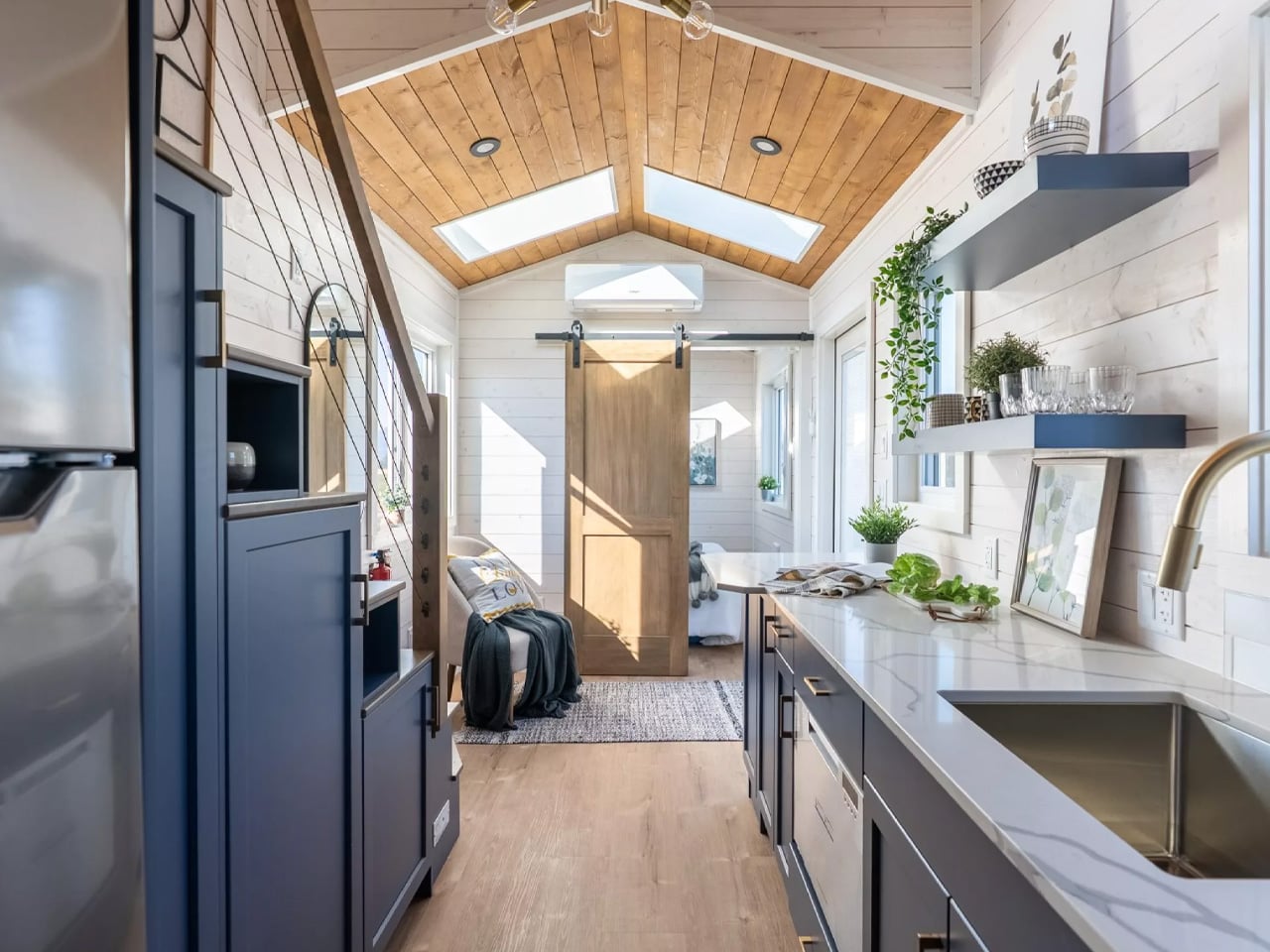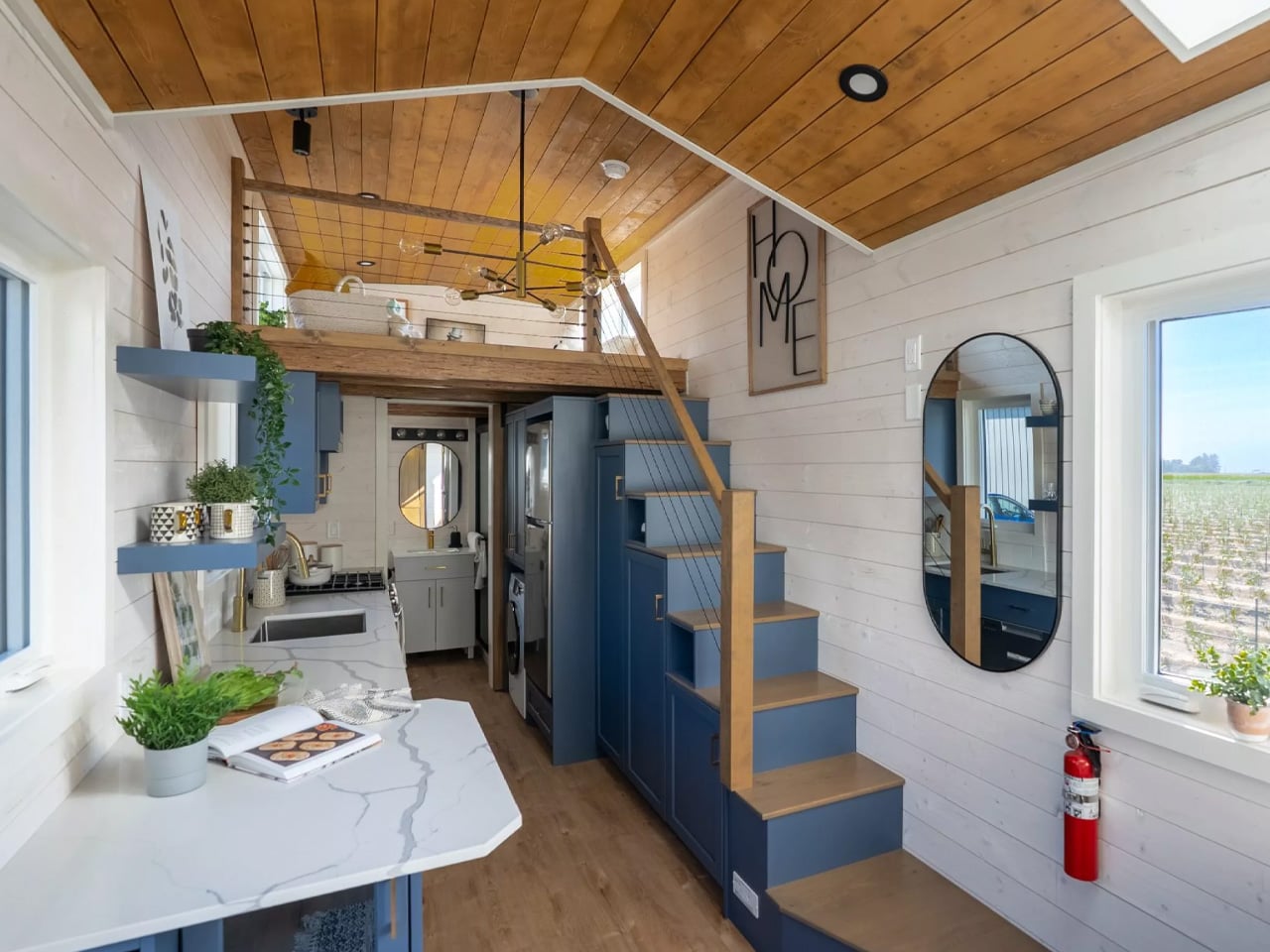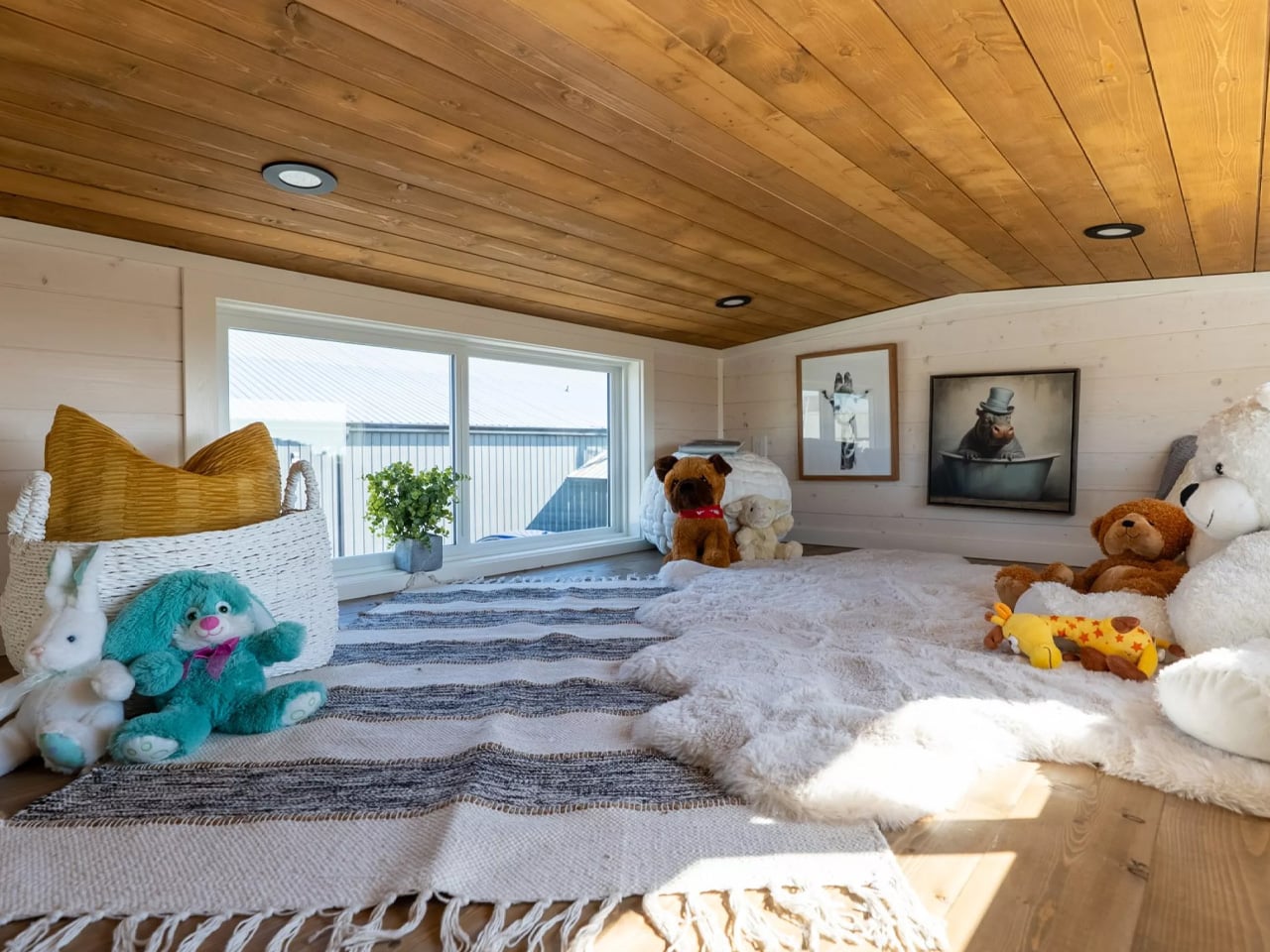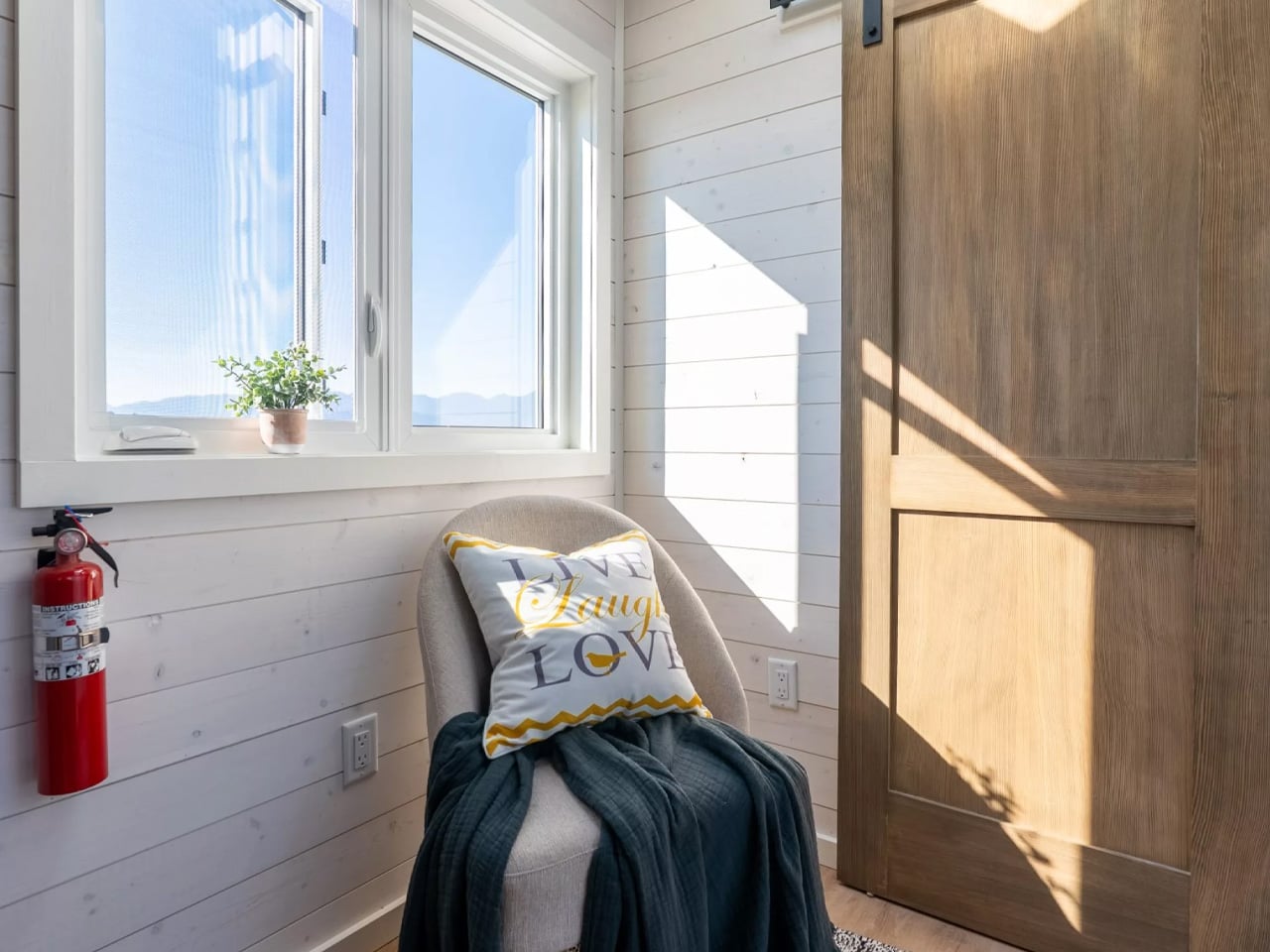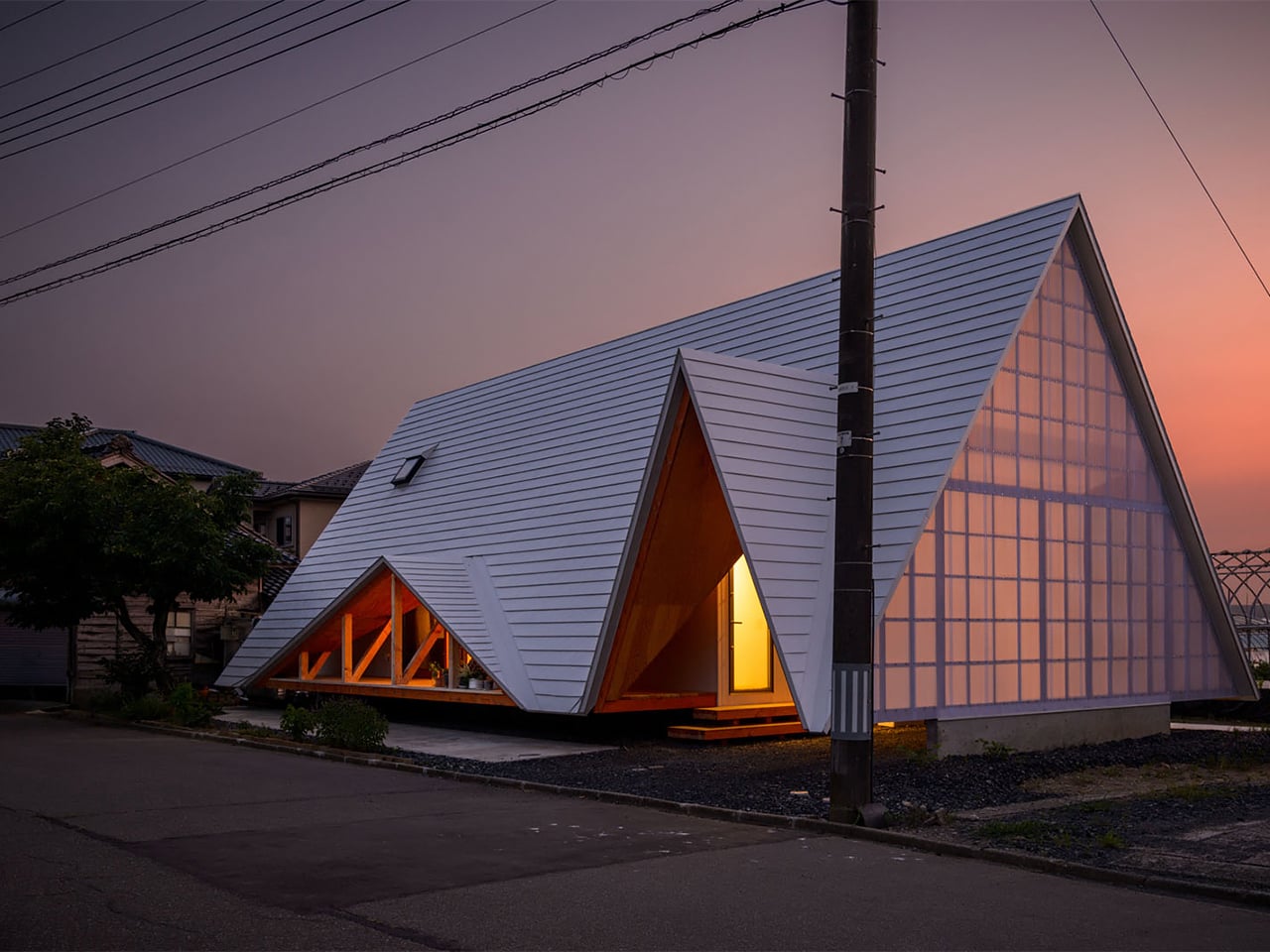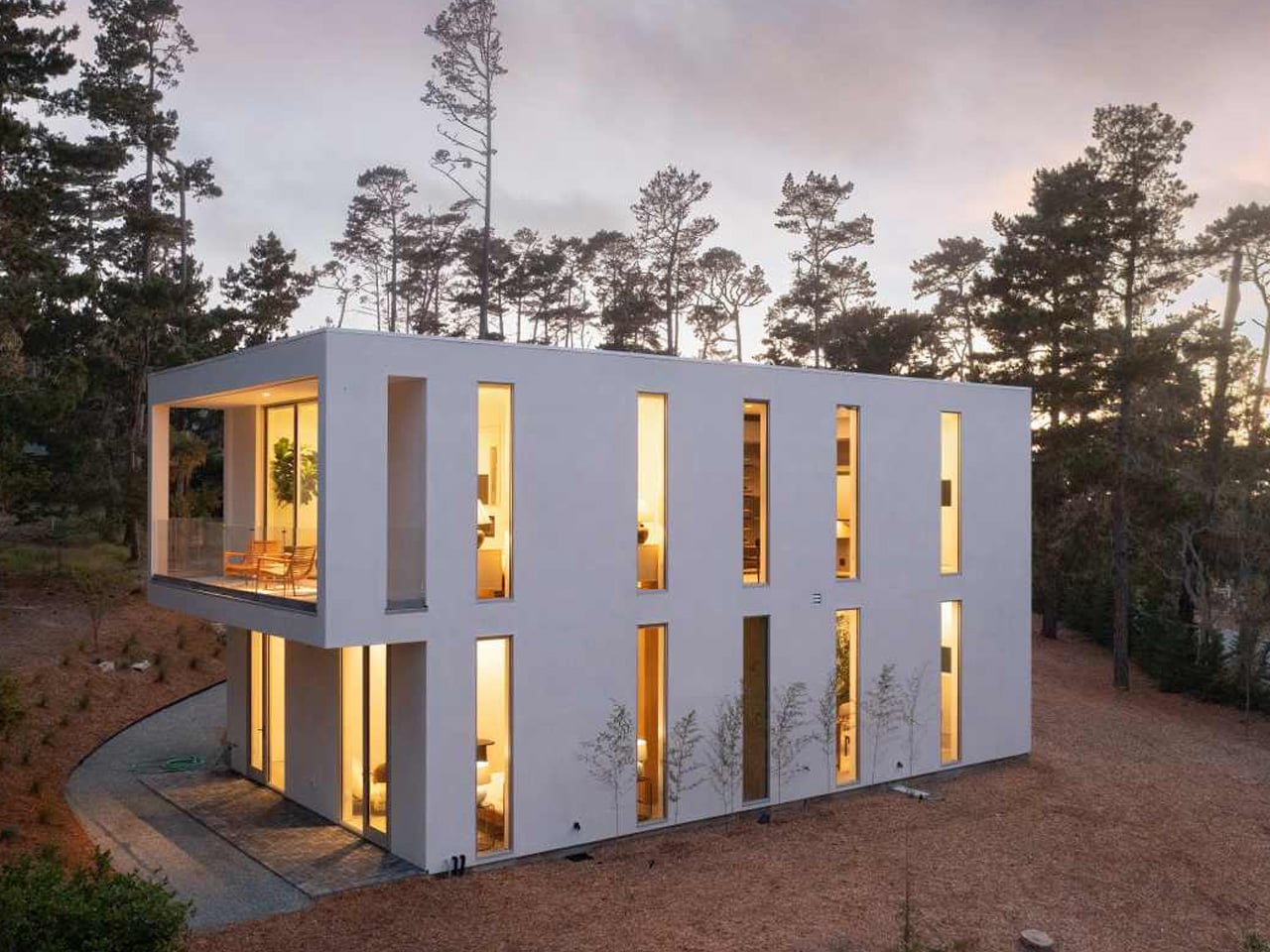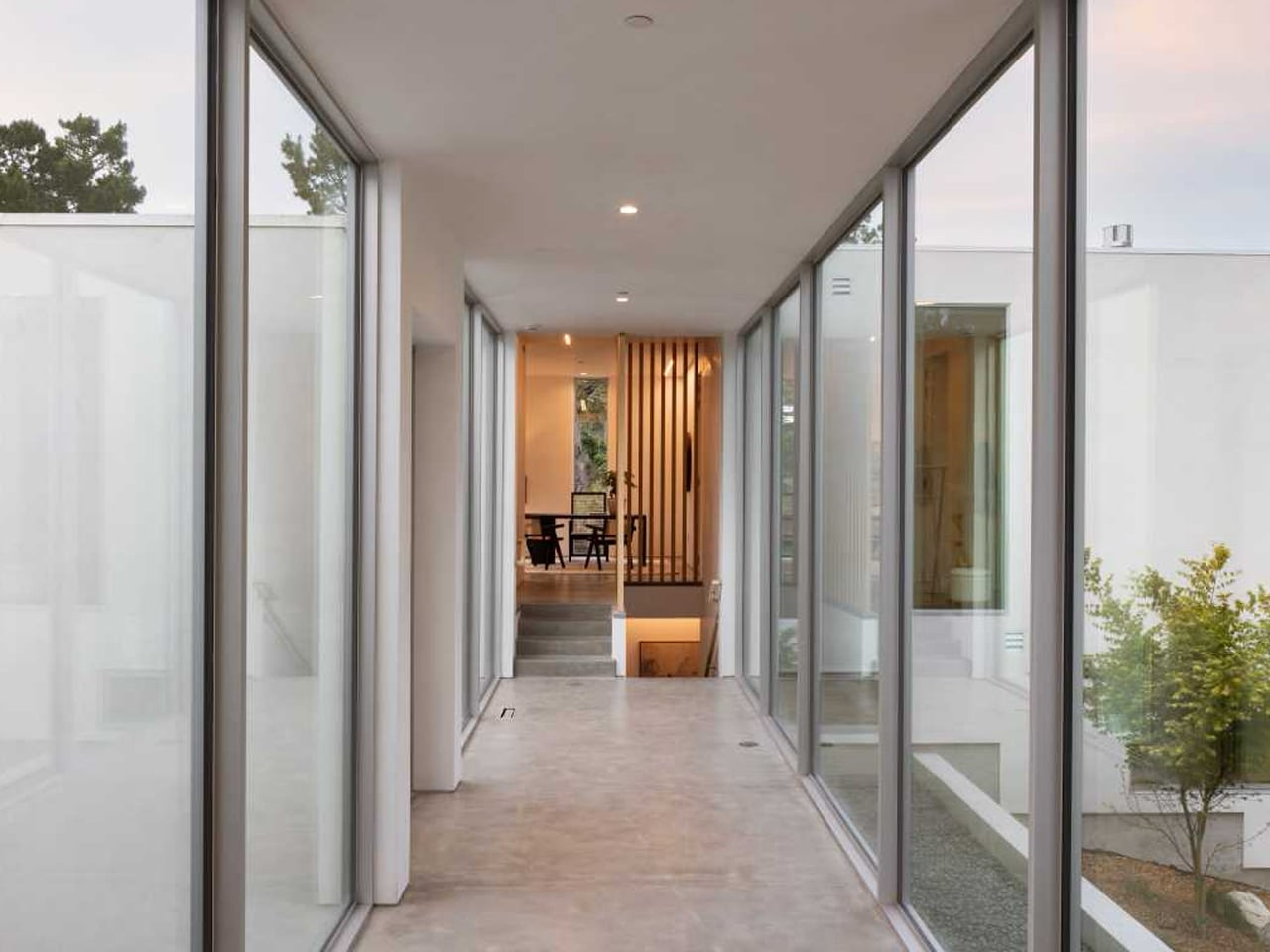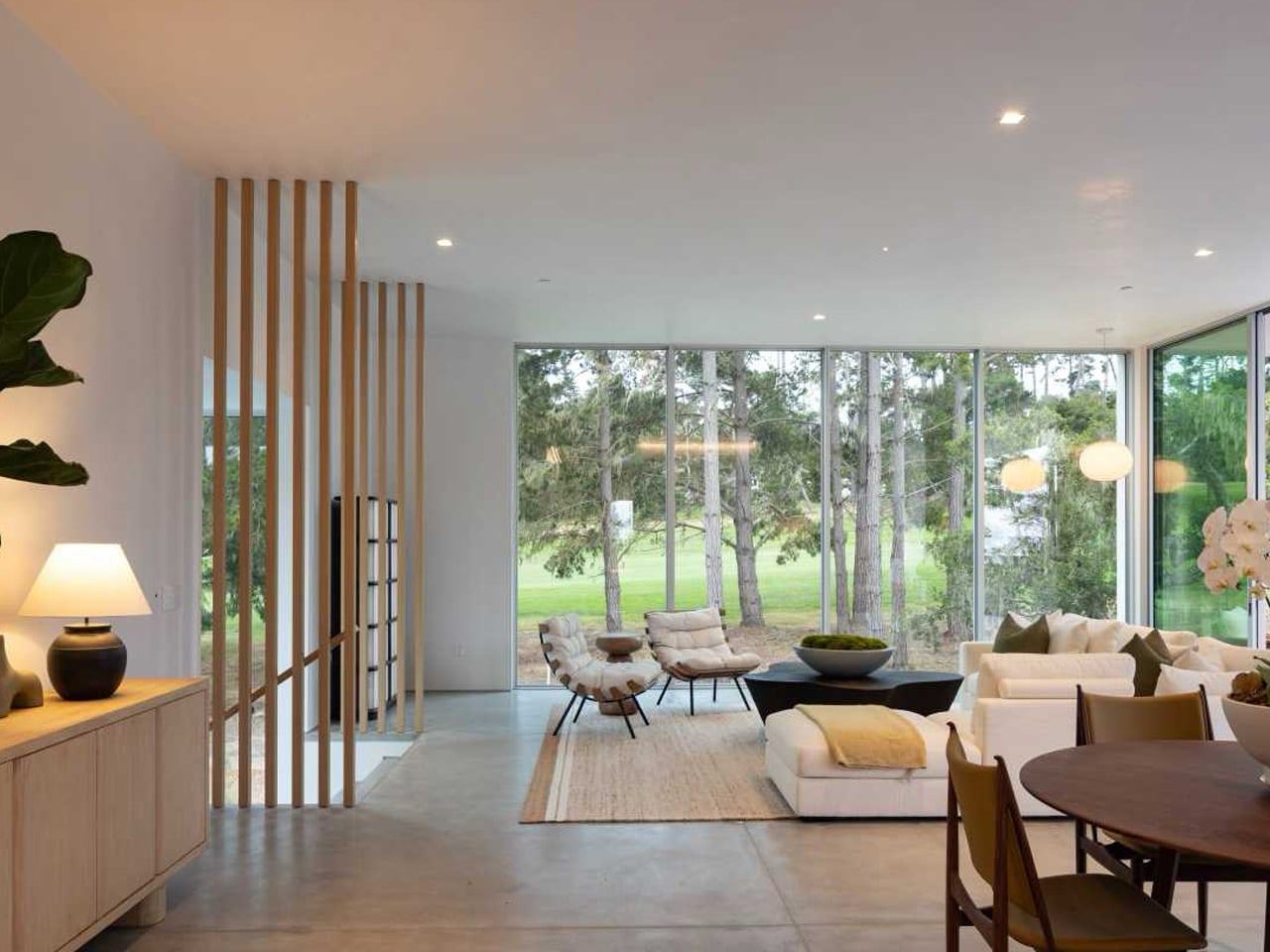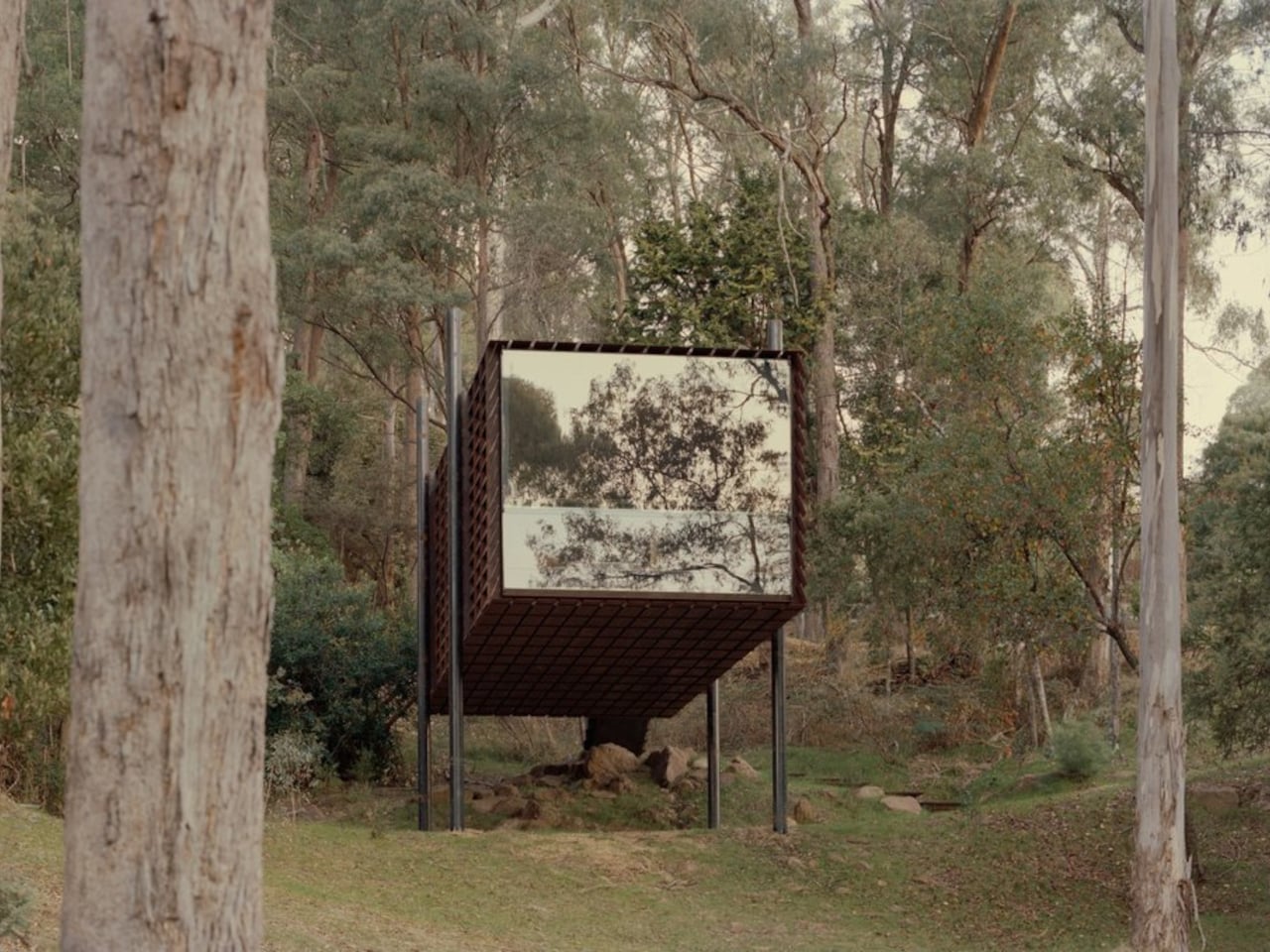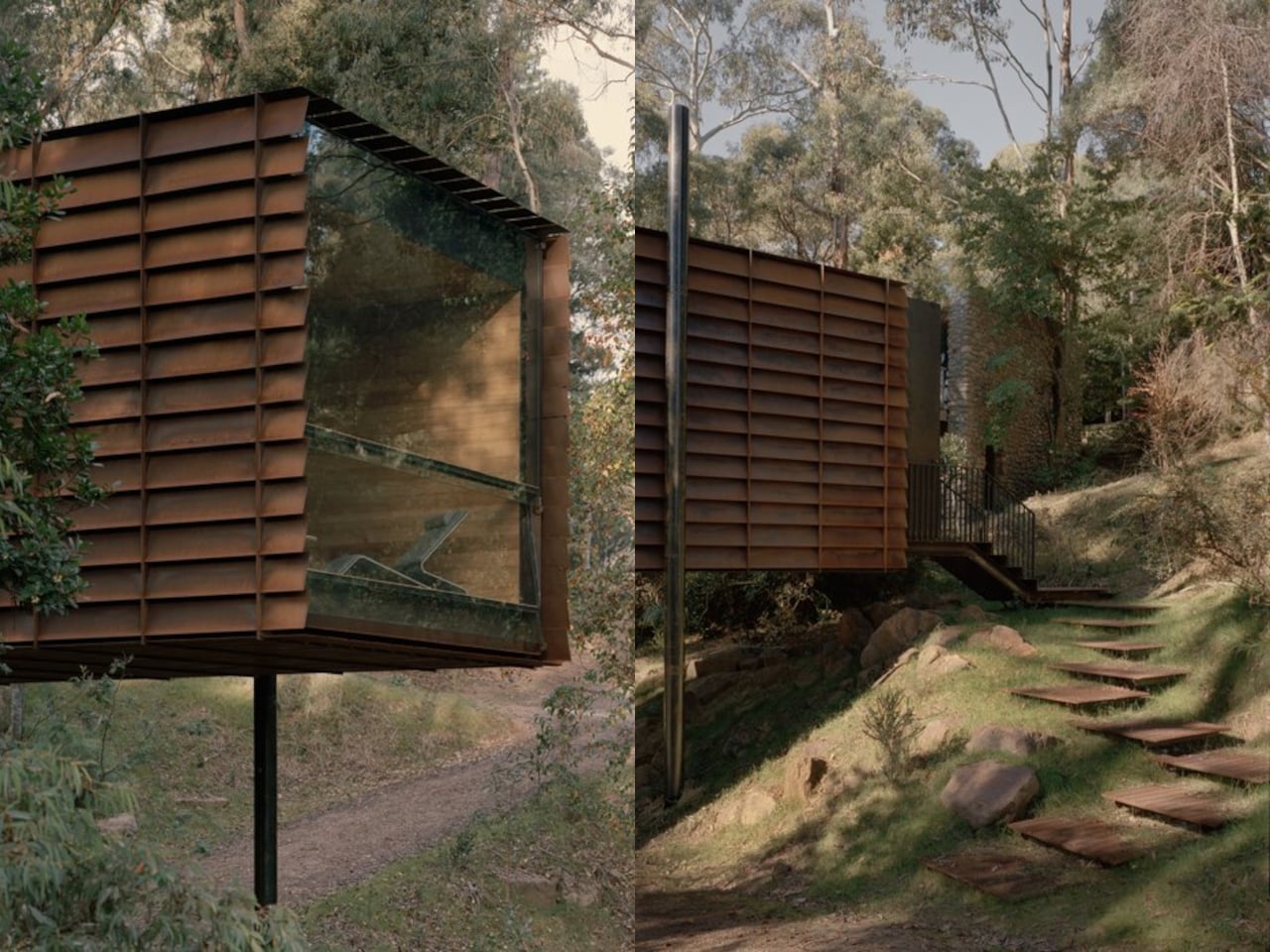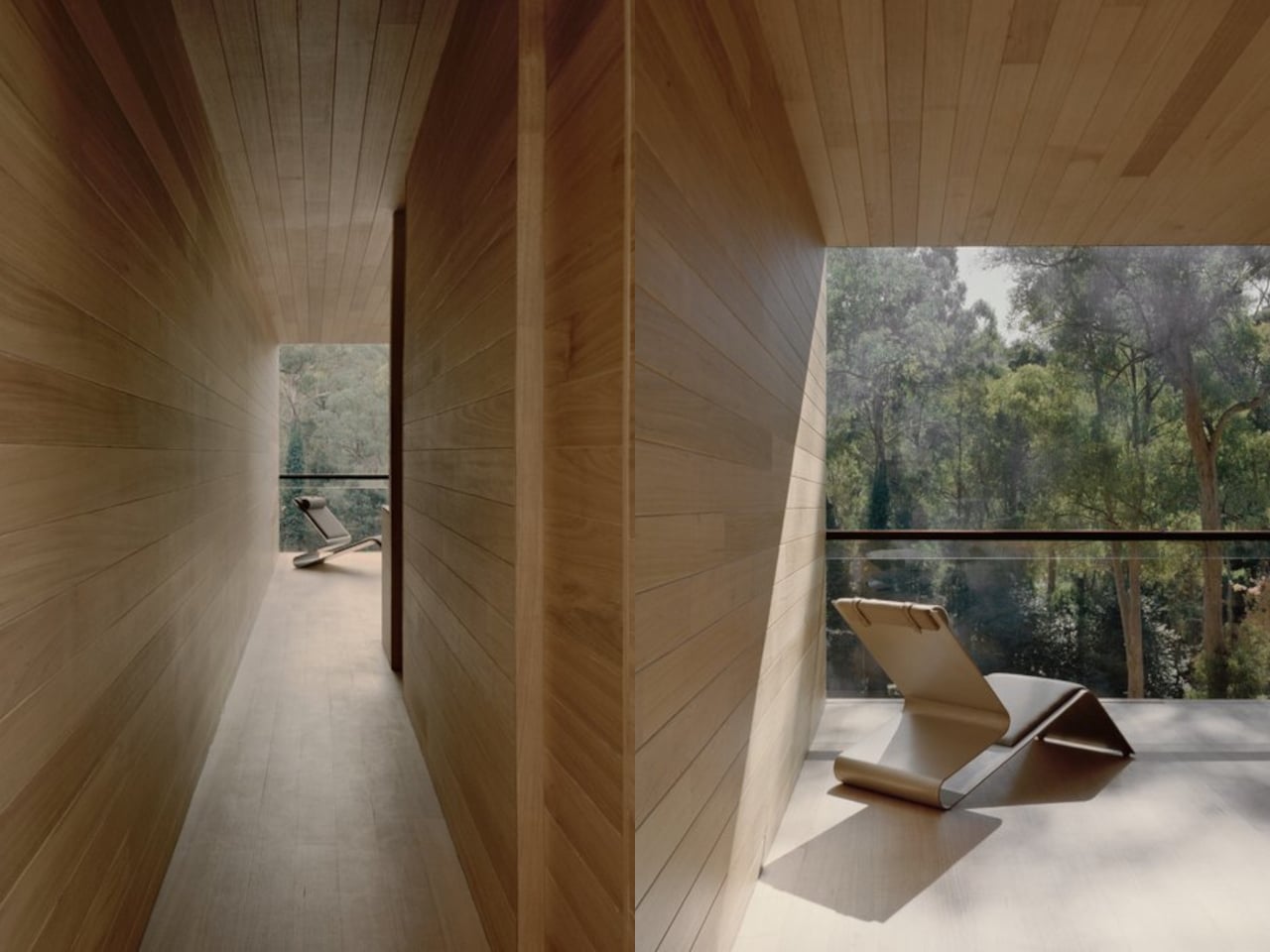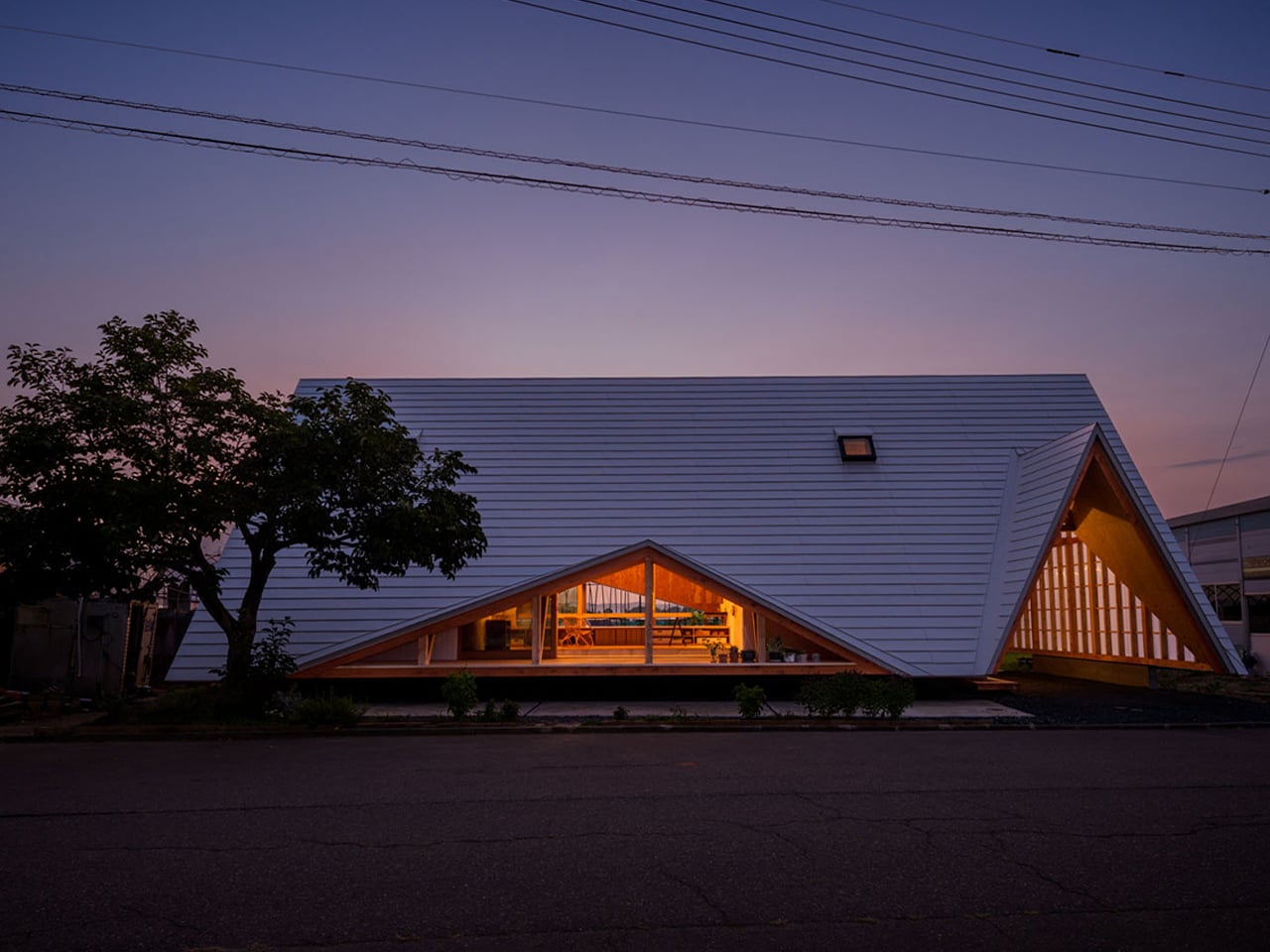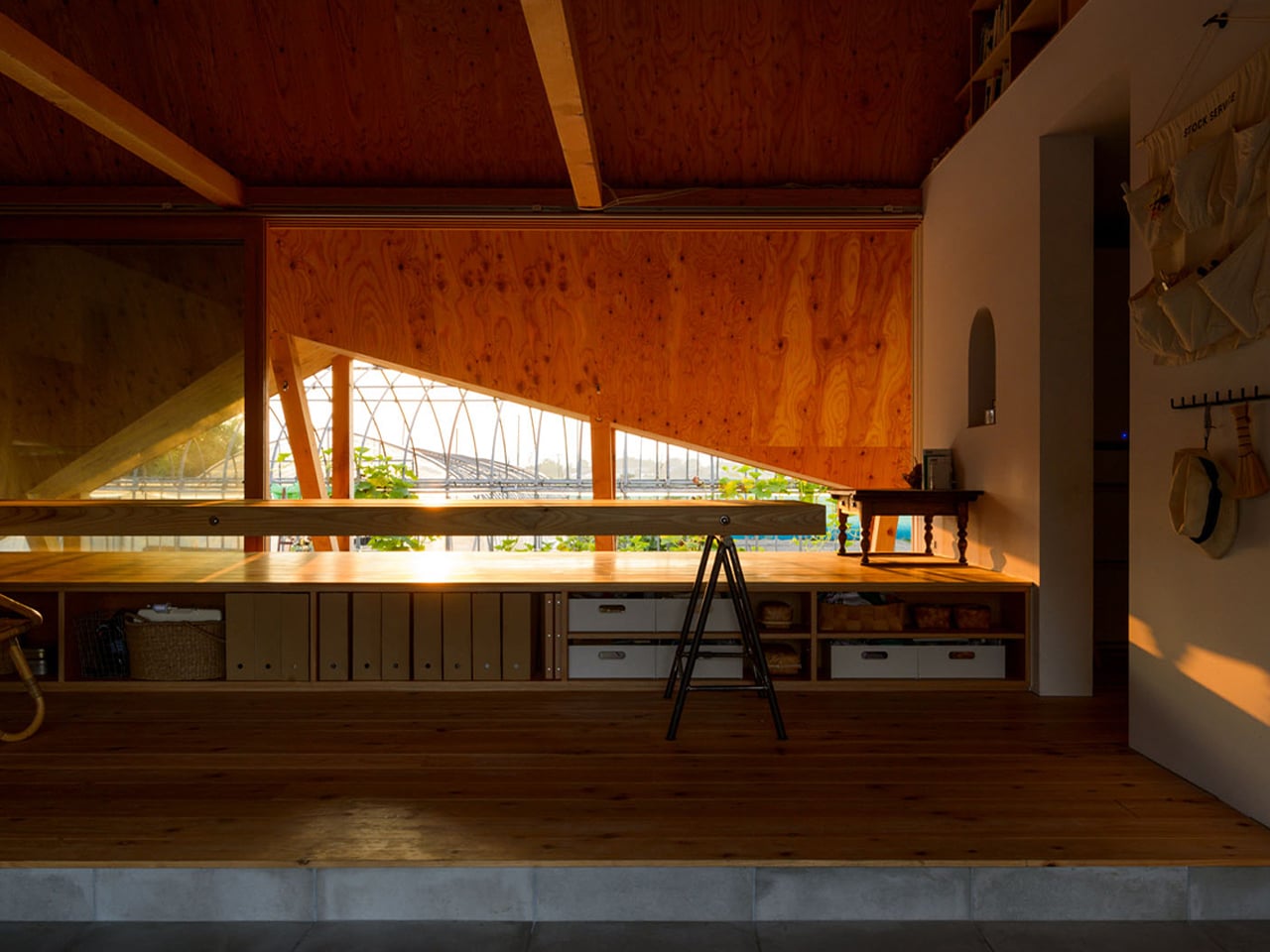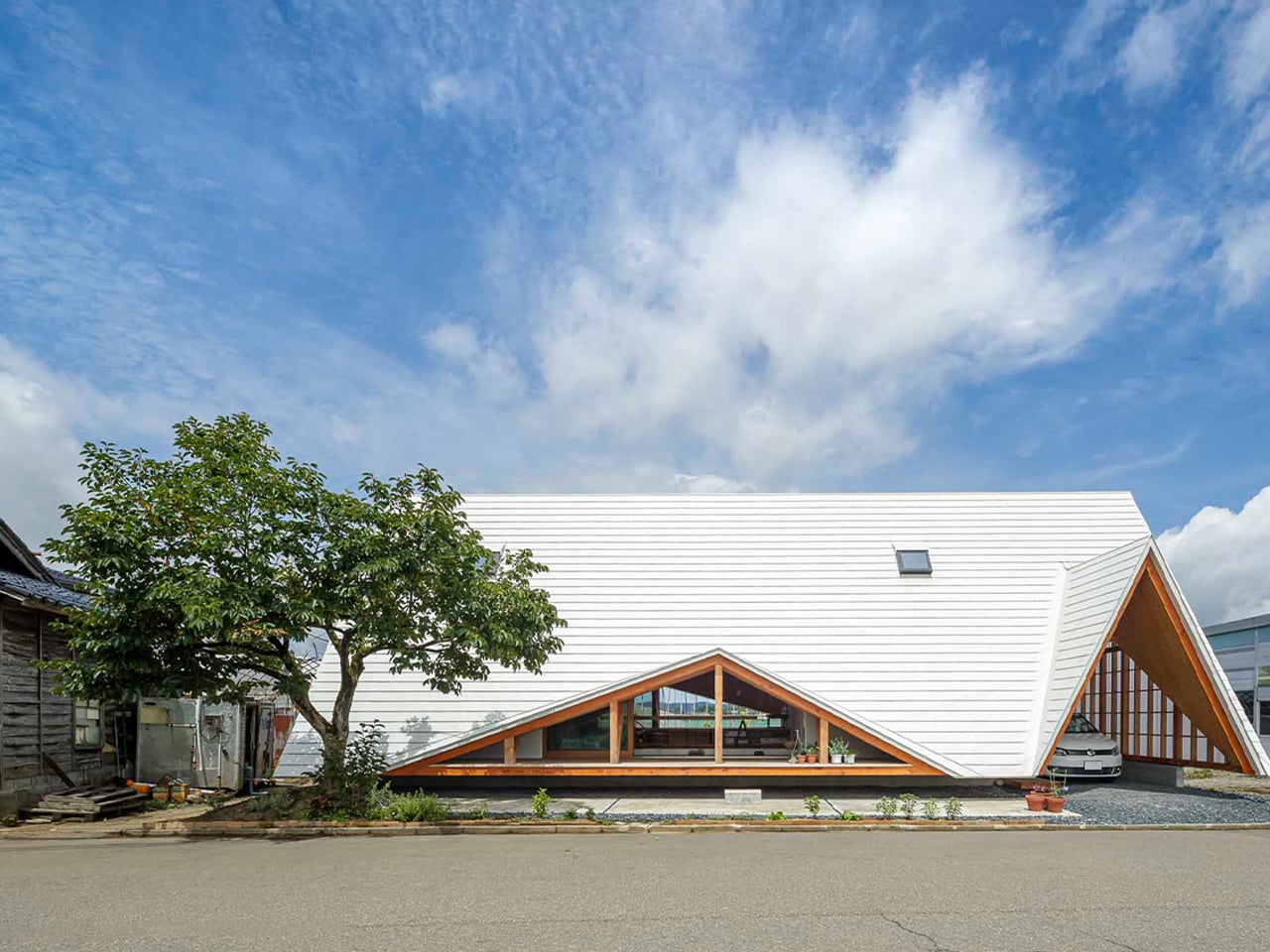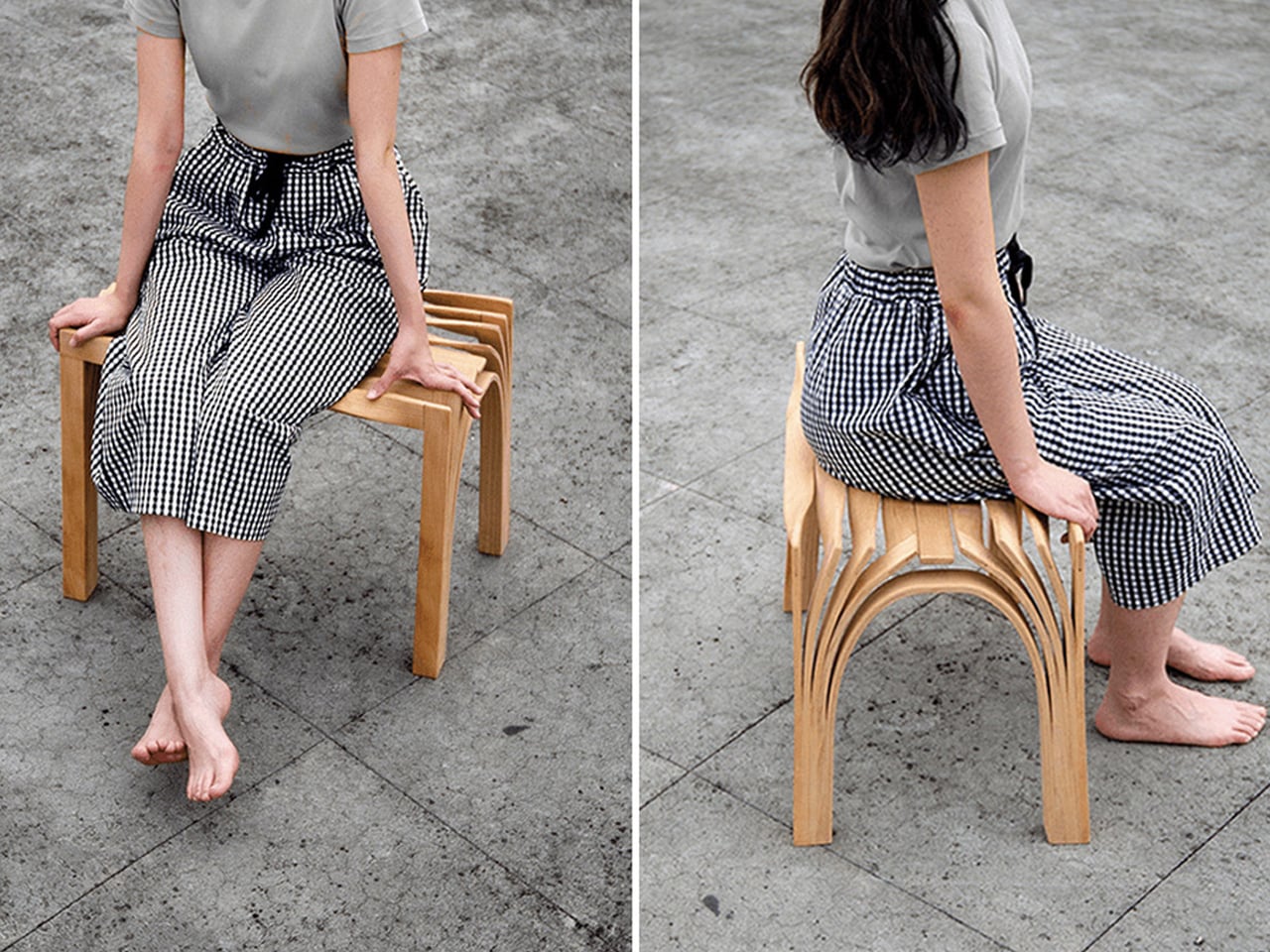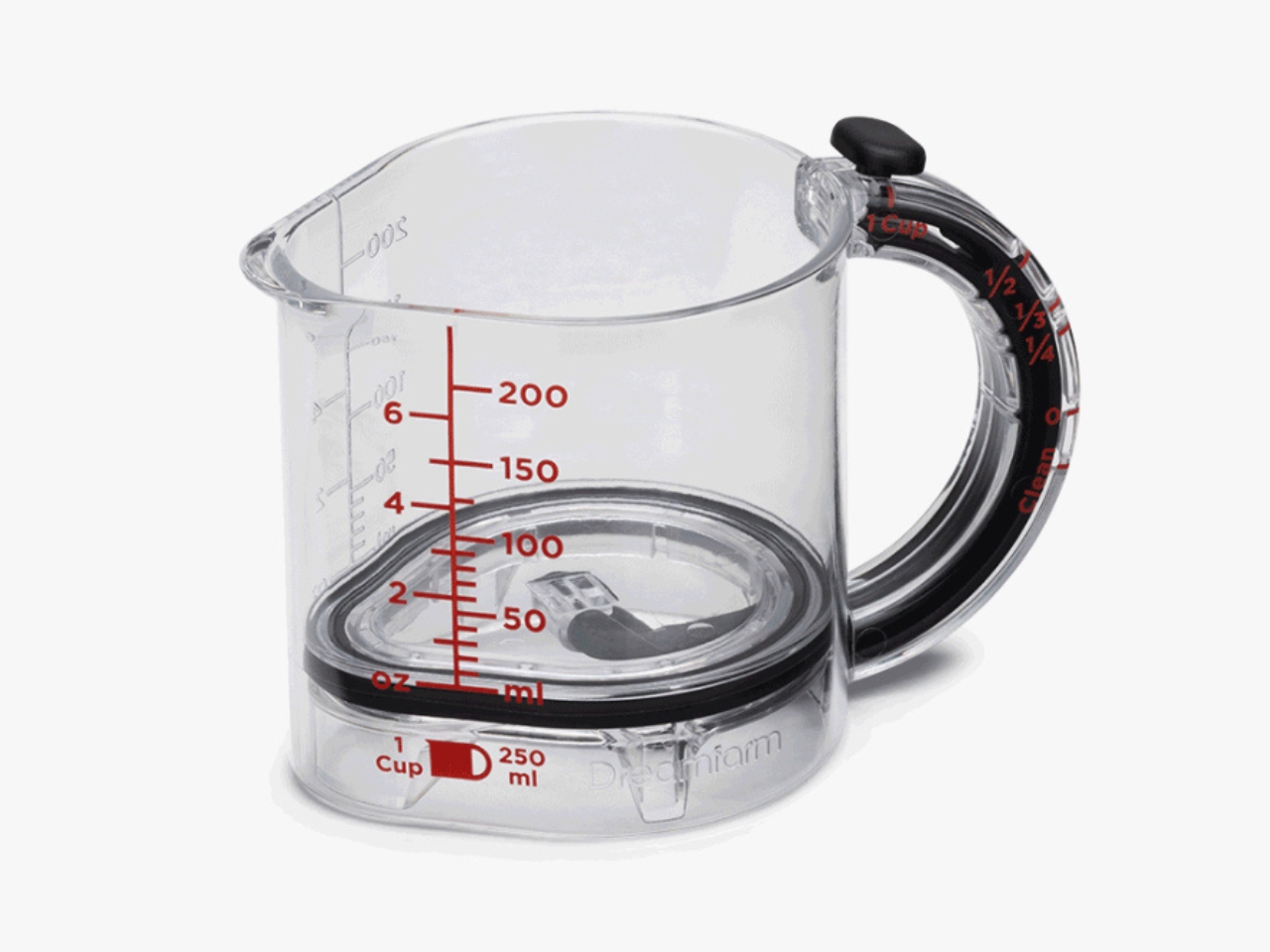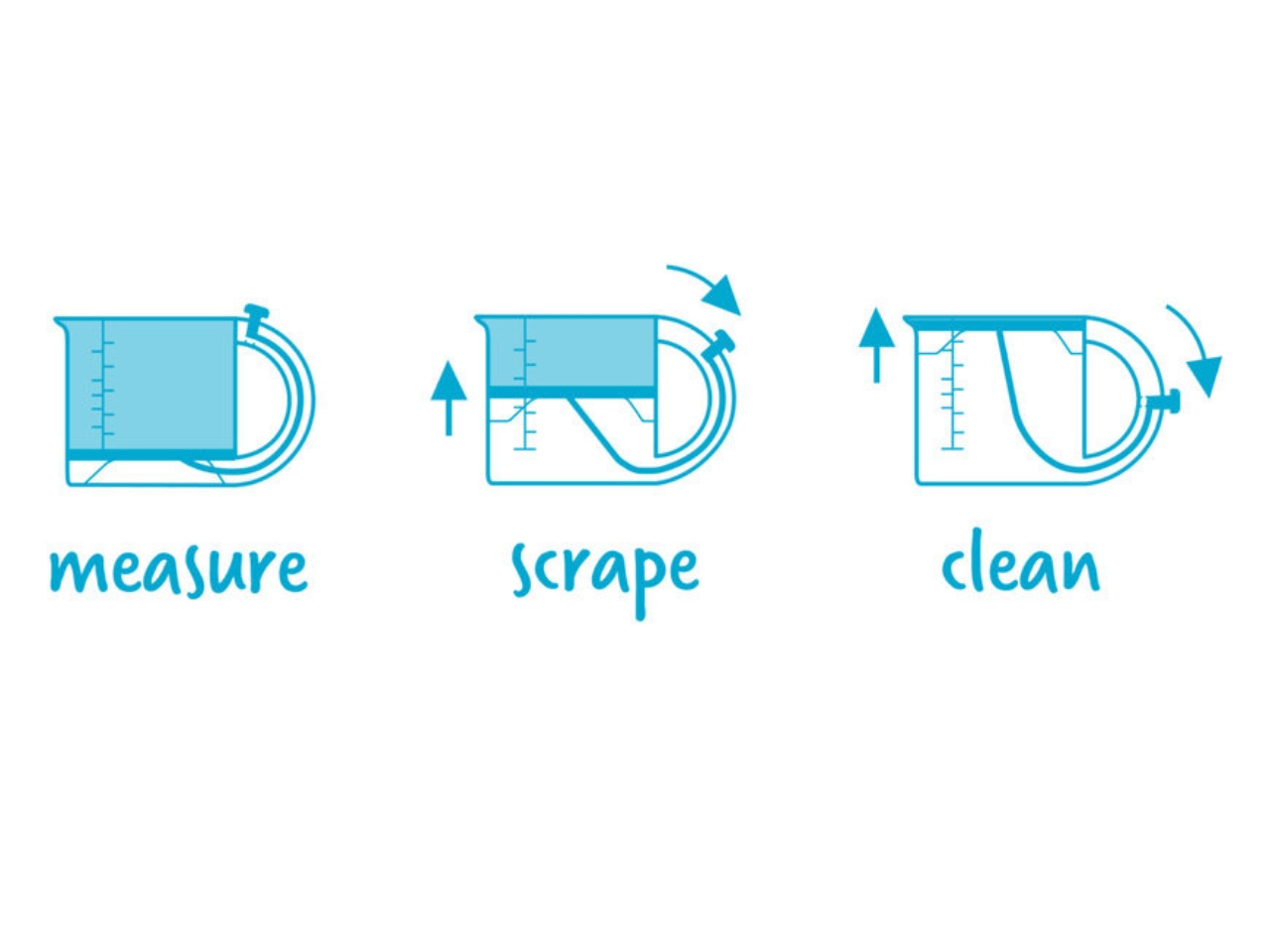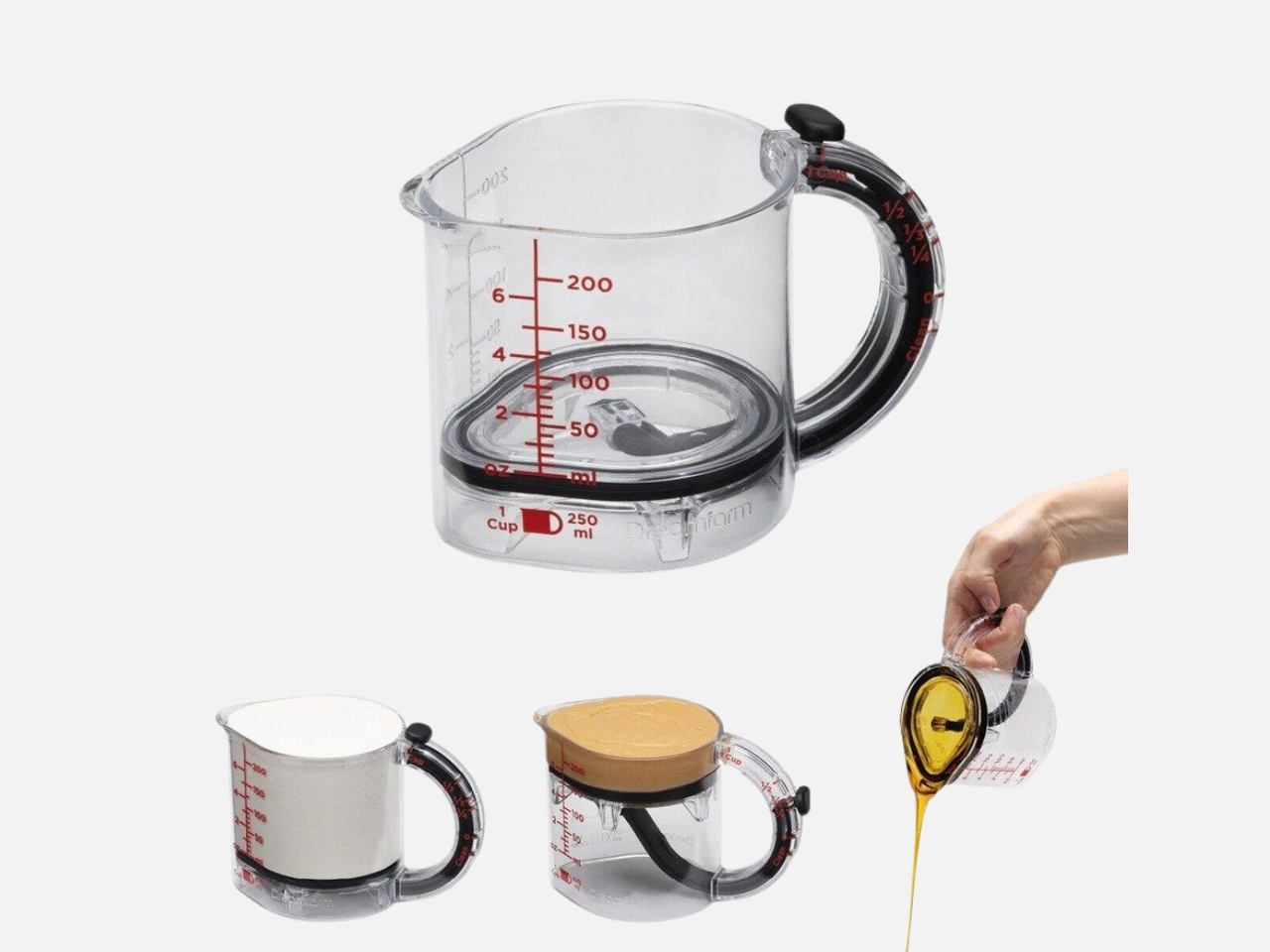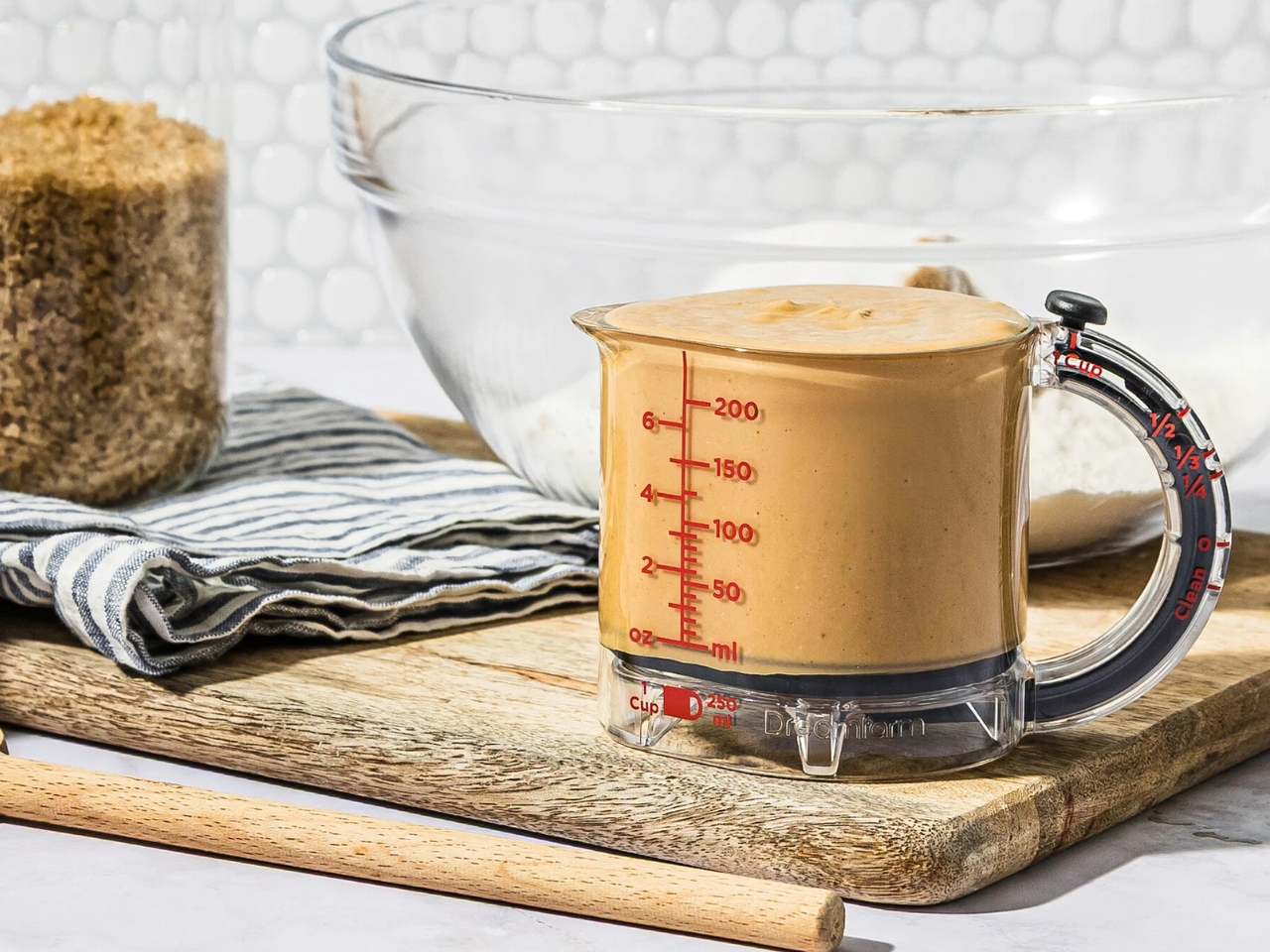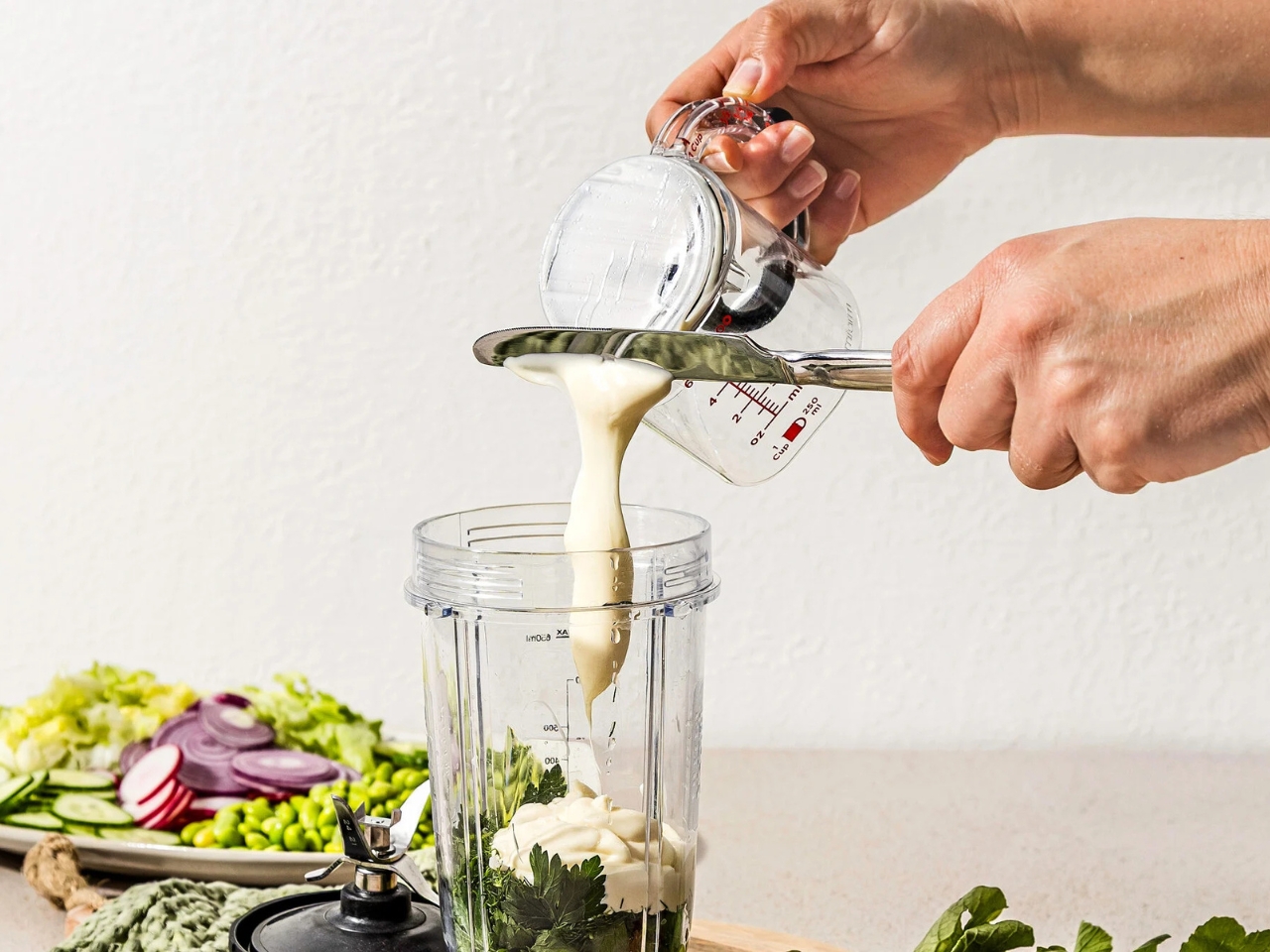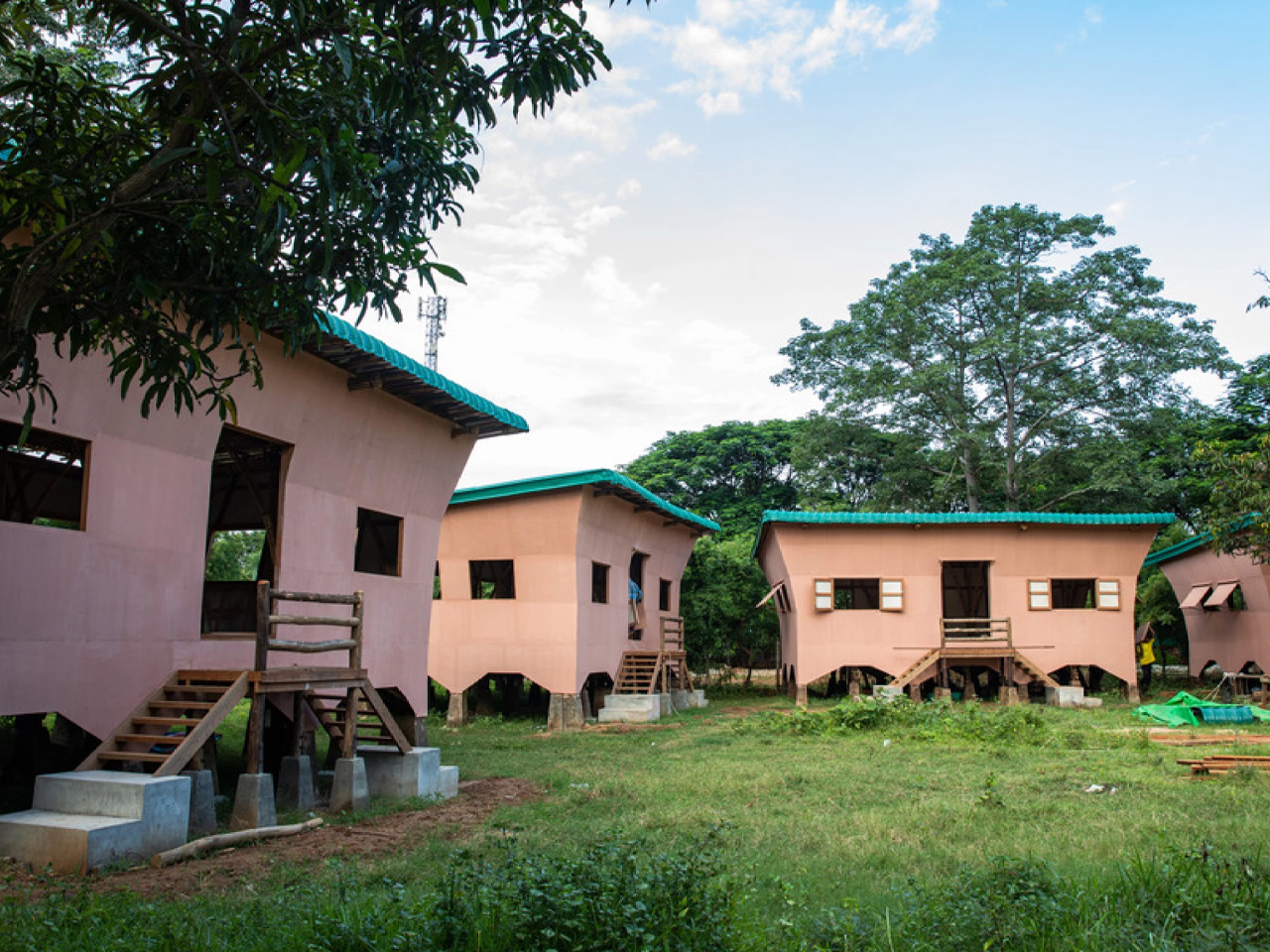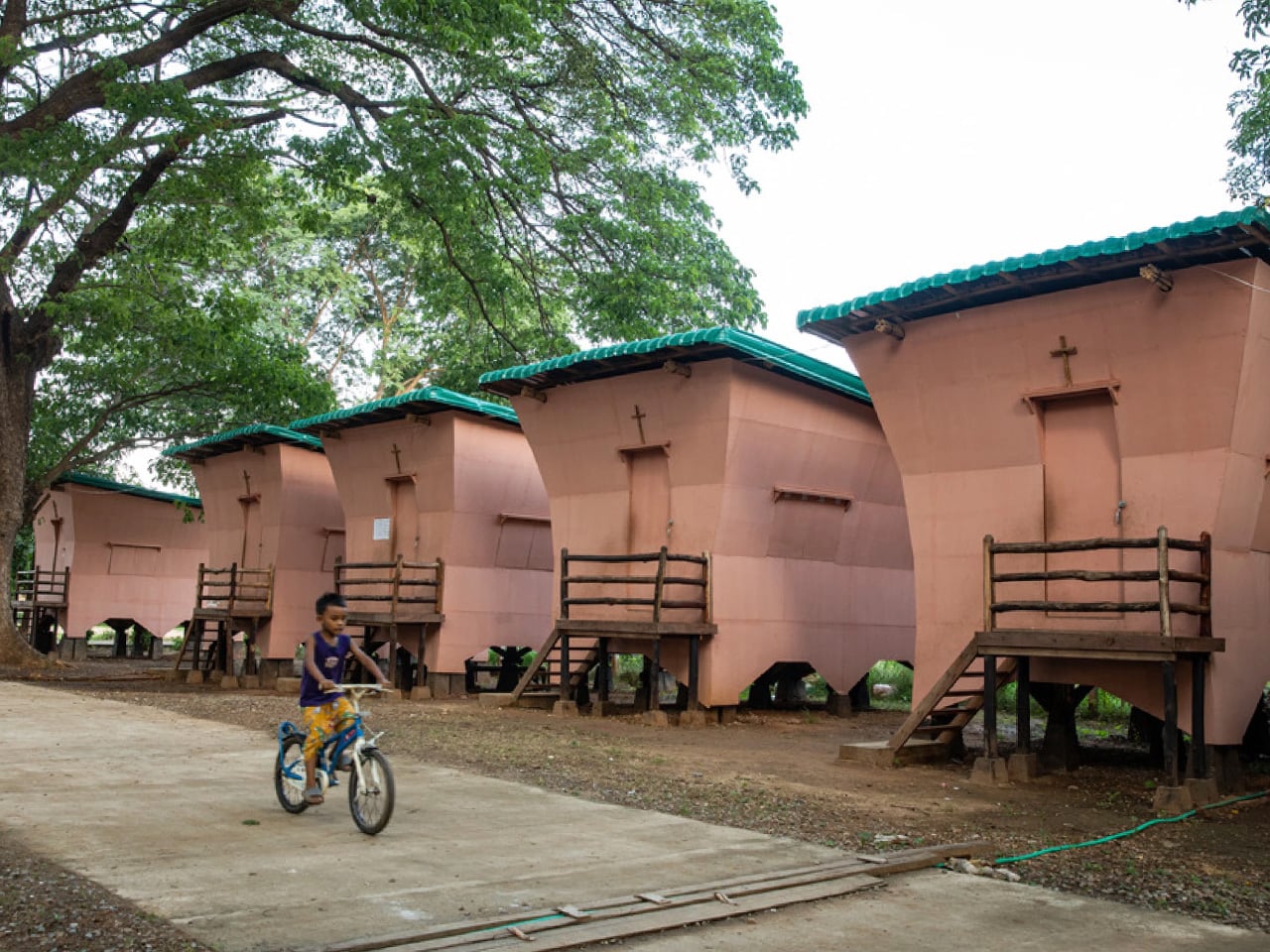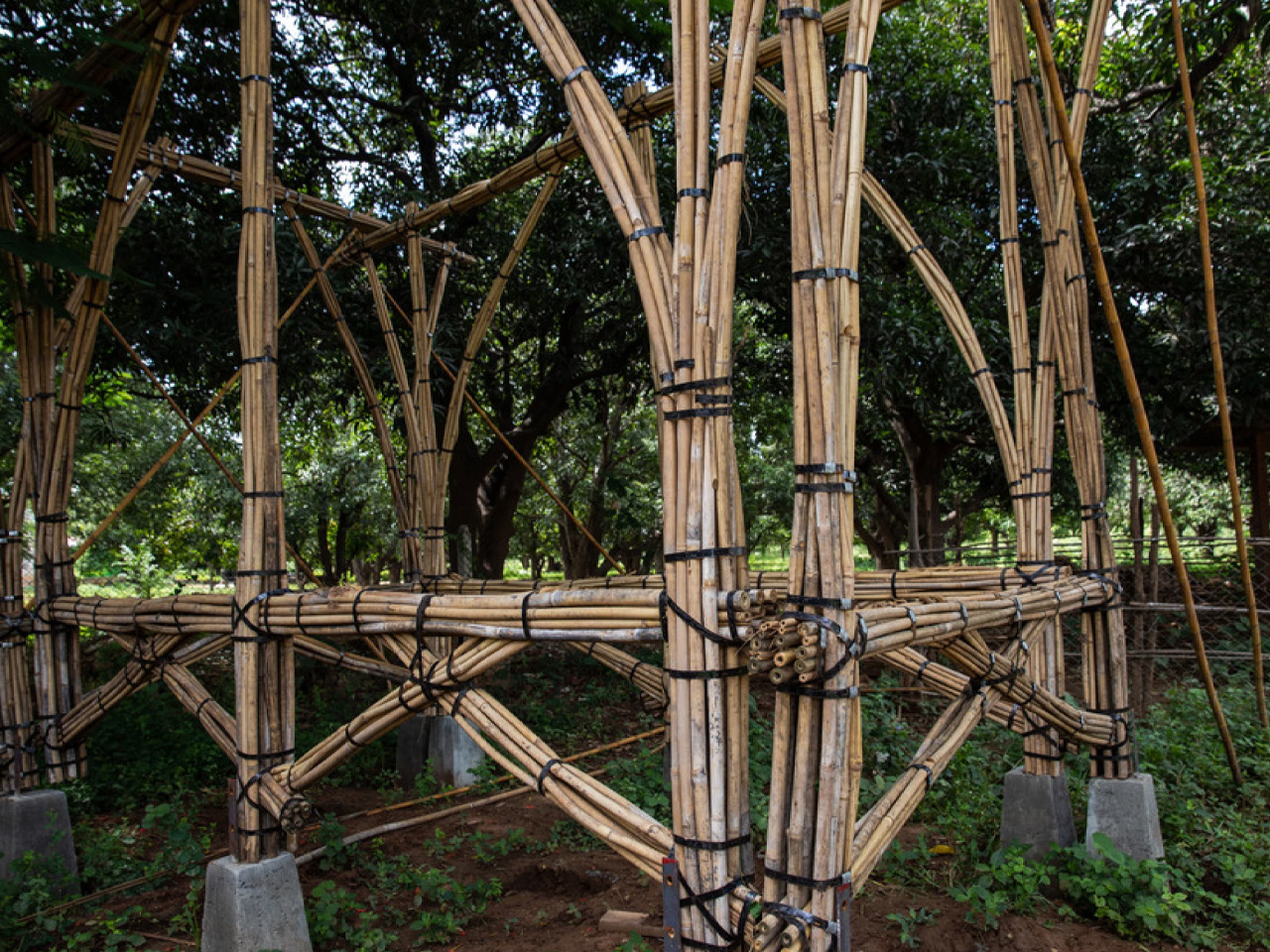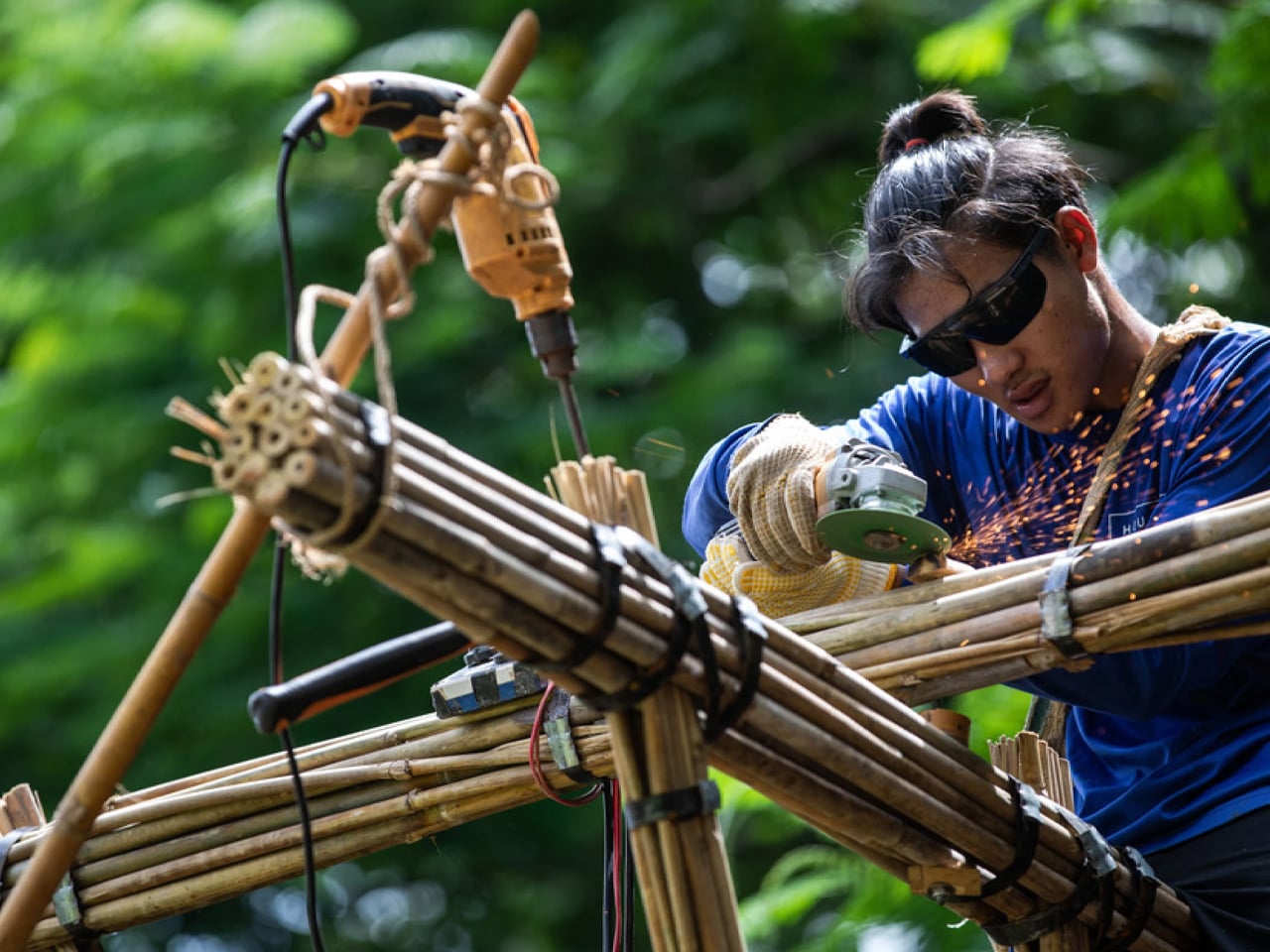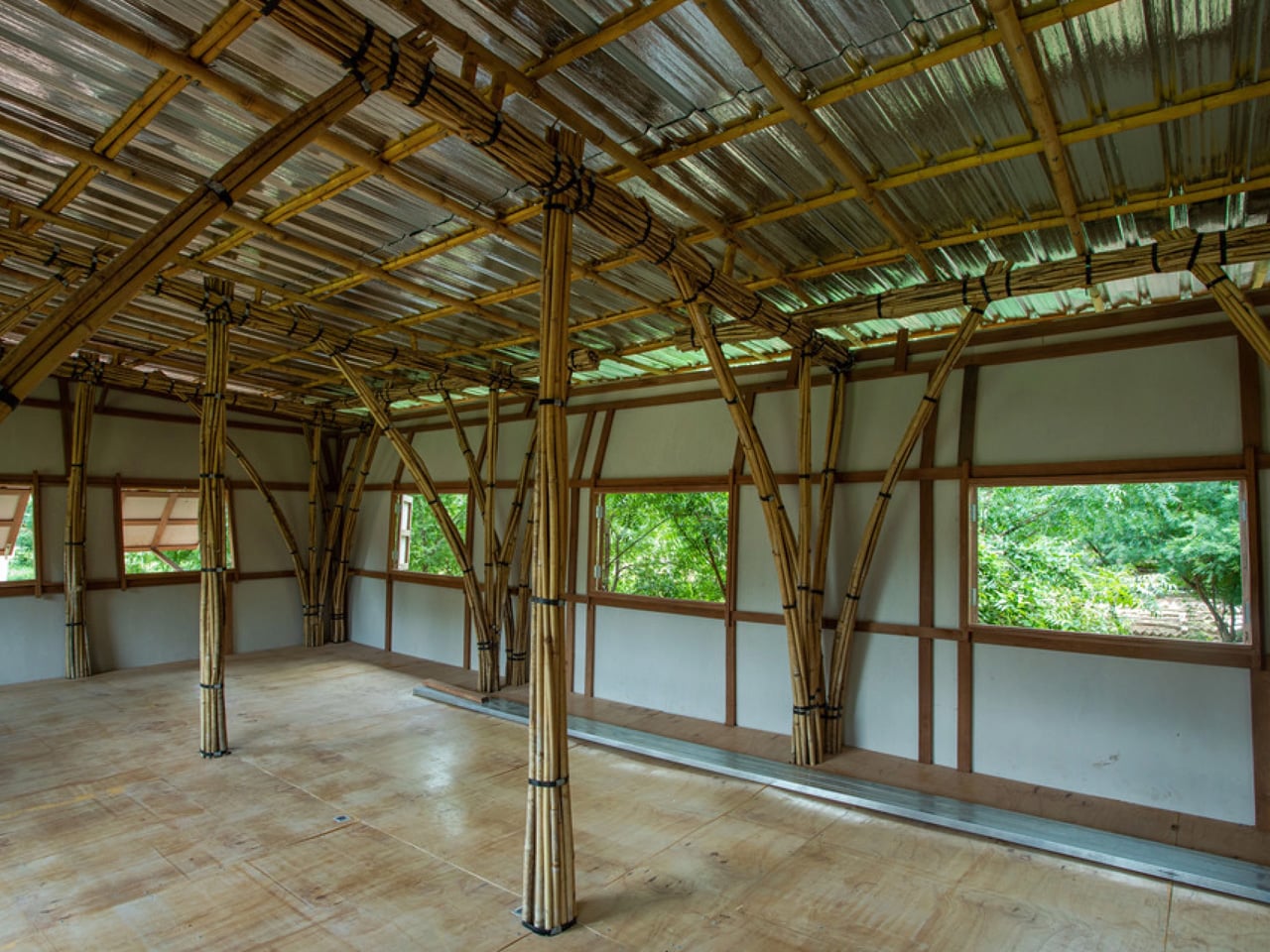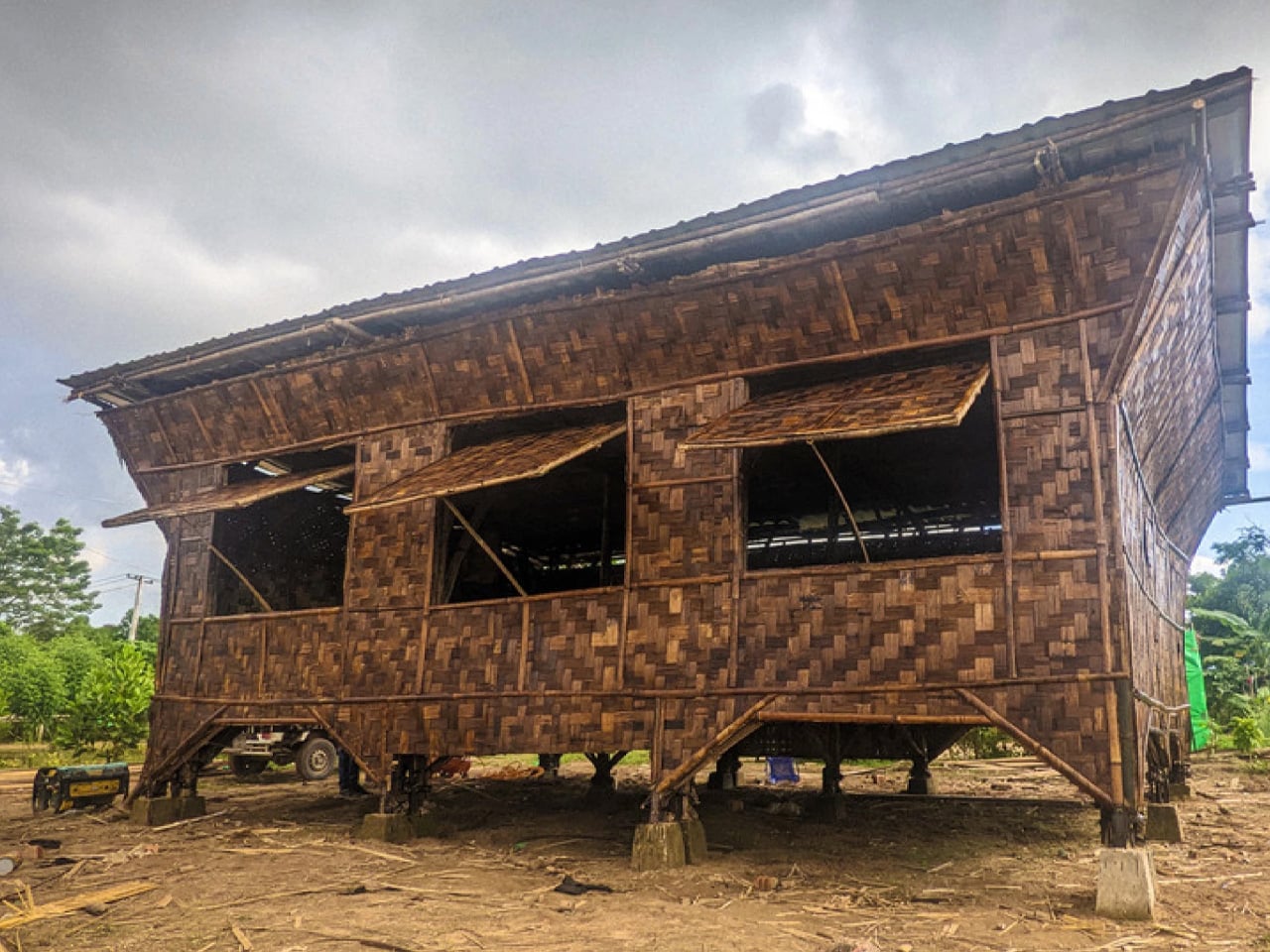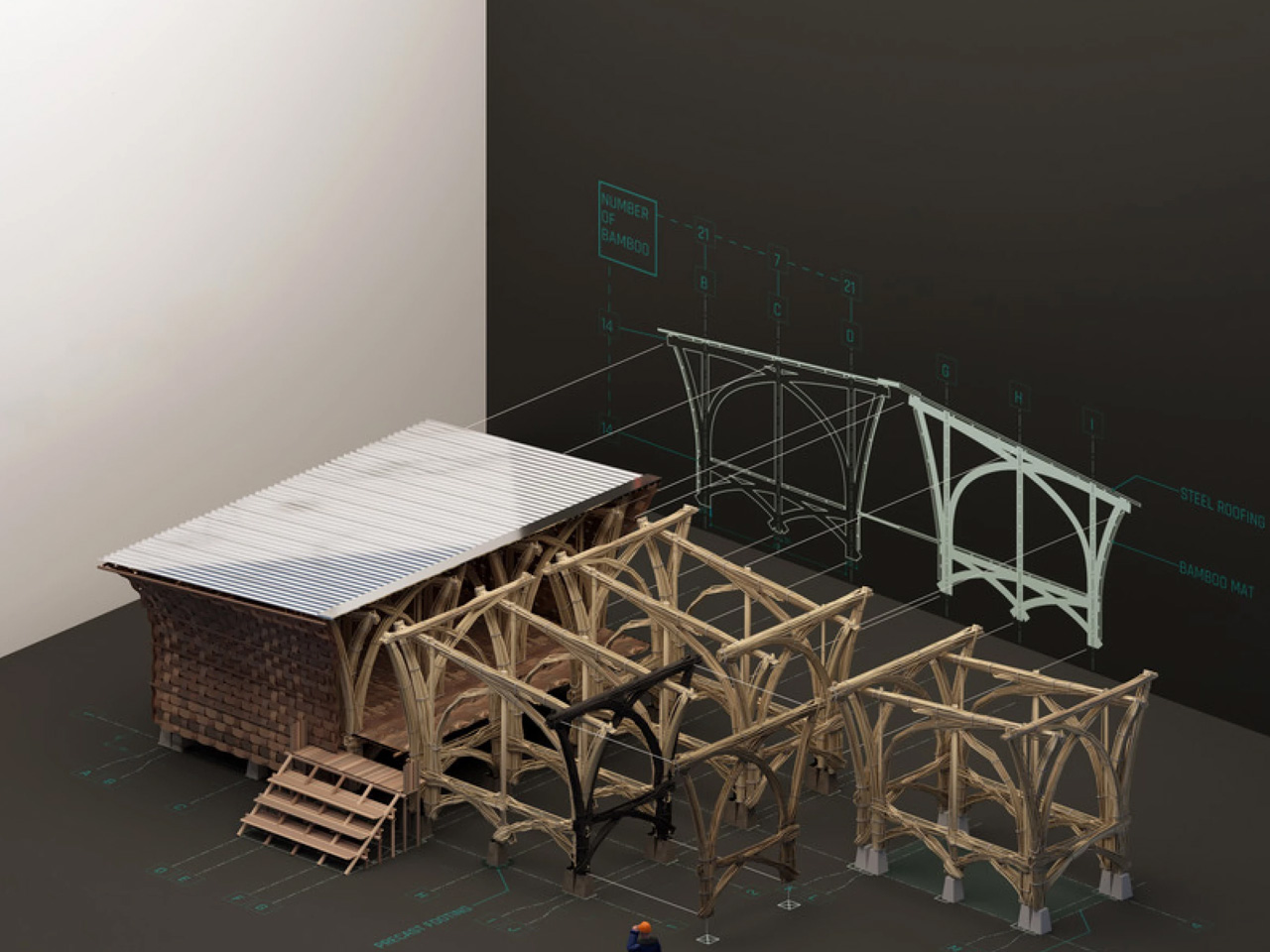
After spending several weeks with the Sihoo Doro C300 Pro, I confidently conclude it strikes a careful balance between comfort, adaptability, and sleek design. The C300 Pro has been designed to fill your home office – it provides a solution for anyone tired of dealing with the aches and strains from long hours at a desk. The innovative mesh design goes beyond aesthetics – it conforms to my body, providing flexible support that keeps up with every shift and stretch throughout the day. One key feature is the self-adaptive lumbar support, which automatically tracks my movements to provide consistent lower back relief. The 6D coordinated armrests and the flexible headrest also make a real difference, adapting to how I sit, lean, or relax.
PROS:
- Dynamic Lumbar Support: Automatically adjusts to your movements, providing continuous comfort and helping maintain proper posture without needing constant manual adjustments.
- 6D coordinated armrests: Provides extensive customization, making it easy to find the perfect position for various tasks, whether gaming, typing, or relaxing.
- Breathable Mesh Design: Promotes airflow and keeps you cool during long sessions, effectively managing moisture and heat.
- Comprehensive Reclining Mechanism: With precise recline angles and weight-sensing technology, it provides a smooth reclining experience tailored to different sitting activities.Sophisticated Headrest: Offers highly customizable support for your neck and head, reducing strain during extended work or gaming sessions.
CONS:
- Armrest Stability: The armrests could be more stable as they tend to shift too easily, which can be distracting during use.
- Manual Lumbar Depth Adjustment: Adding a manual depth control for lumbar support would provide even more personalized comfort for users with specific back support preferences.
- Recline Tension Control: Introducing a more easily adjustable recline tension control would allow users to customize their reclining experience more precisely, enhancing comfort.
RATINGS:
SUSTAINABILITY / REPAIRABILITY
EDITOR'S QUOTE:
The Sihoo Doro C300 Pro redefines what you expect from an ergonomic chair at this affordable price—delivering premium comfort, dynamic support, and thoughtful customization that outshines much pricier competitors. This chair effortlessly bridges the gap between gaming and productivity, offering a tailored seating experience that meets diverse demands, helping you stay focused or unwind as needed.
What catches my attention is how this chair anticipates my needs. Whether I was knee-deep in work or leaning back to take a short break, the Doro C300 Pro adjusted seamlessly, offering reliable and personalized comfort. Reclining up to 135 degrees, paired with the responsive mesh, makes even long sessions at my desk bearable.
Some things weren’t perfect—for instance, the armrests shifted a bit too easily, and the lumbar support lacked the manual depth control that some users might have preferred. However, these are minor issues when considering the overall ergonomic experience. Finding a chair that genuinely supports the body’s natural movements is absolutely essential.
In this review, I’ll share my experience with the Sihoo Doro C300 Pro and explain why it provides reliable, lasting comfort and ergonomic support throughout long workdays.
Design
The Sihoo Doro C300 Pro chair features a thoughtful blend of ergonomic design and practical engineering. It’s designed to adapt to your body while staying sturdy and visually appealing.
Material Selection and Structural Integrity
The chair’s material choices reflect a deliberate approach to comfort and durability. The breathable mesh backrest serves multiple functions apart from aesthetic appeal – it provides thermal regulation, conforms to body contours, and offers flexible support. The Sihoo Doro C300 Pro’s mesh fabric offers several reasons, which became evident during my time using it.

Sihoo Doro C300 Pro
First and foremost, breathability is a key strength of the mesh design. It allows for excellent air circulation, keeping me comfortable during extended work sessions. This feature was particularly useful in my warm home office environment. The mesh’s conforming support also played a significant role in comfort. The material adapts to the contours of my body, distributing weight evenly and minimizing pressure points. This helped alleviate discomfort in areas like my hips, thighs, and lower back, allowing me to stay focused for longer.
Click Here to Buy Now: $369.99 $699.99 ($330 savings). Hurry, this Black Friday deal ends soon!
Another benefit was the temperature regulation provided by the open weave structure. The mesh effectively dissipates heat, which is crucial for maintaining comfort during long periods of sitting. In addition, the mesh incorporates moisture management properties, drawing sweat away from my body and further enhancing comfort—something that proved invaluable during warmer days.

Sihoo Doro C300 Pro
Another important aspect is the flexibility of the mesh material—it moves with my body, dynamically adjusting as I shift positions. This characteristic contributed to maintaining consistent comfort throughout my day. On top of that, the durability of the mesh should not be overlooked. Made from high-quality synthetic materials, the mesh remains supportive and retains its shape even after continuous use, ensuring long-term value.
The frame construction utilizes high-quality metals and synthetics engineered to support diverse body types with a robust five-star base. This foundation ensures stability while allowing smooth mobility across different floor surfaces. The weight capacity and structural design demonstrate a commitment to accommodating varied user physiques without compromising performance.
Functional Customization
Customization is a cornerstone of the Doro C300 Pro’s design. The 6D coordinated armrests, Bigger Waterfall-Shaped Cushion with Seat Depth adjustment, and 3D mechanical headrest demonstrate a nuanced understanding of individual ergonomic needs. Each adjustment point is engineered to provide precise control, allowing users to create a personalized seating environment that supports their unique body mechanics.

The single control handle elegantly solves complex adjustability, streamlining the user experience. This design choice reduces cognitive load, allowing users to fine-tune their seating position intuitively and quickly.
Aesthetic and Practical Harmony
The chair’s minimalist aesthetic reflects contemporary design principles, where form follows function. The clean lines, breathable mesh, and sophisticated color palette ensure the Doro C300 Pro integrates seamlessly into modern work environments. The chair is available in black and white, and I opted for the white version for my review. This approach treats the chair as a functional object and an integral part of the workspace’s visual and ergonomic setup.
By prioritizing material quality, adaptive support, and user-centric design, the Doro C300 Pro improves upon traditional office chair limitations. It represents a holistic approach to seating that considers physical comfort, workplace productivity, and individual well-being interconnected elements of design excellence.
Ergonomics and Real-World Performance
The Doro C300 Pro’s ergonomics excel in daily use. The design isn’t just about aesthetics—it provides lasting comfort, even after hours of sitting.
Reclining Backrest and Headrest Customization

Sihoo Doro C300 Pro
The Sihoo Doro C300 Pro offers several features that enhance comfort during recline:
Weight-Sensing Technology
The chair incorporates advanced weight-sensing mechanism that automatically adapt to my body mass, delivering perfect tension during reclining. This ensures a smooth and balanced reclining experience regardless of the user’s weight.
Dynamic Support Features
- Flexible Backrest: The triangular frame design allows the backrest to flex and match body movements, providing continuous support during recline.
- Synchronized Armrests: The 6D armrests move in coordination with the backrest, maintaining arm support throughout different recline angles.
- Body Movement Tracking System: The lumbar support dynamically adjusts to follow the spine’s natural curve during reclining.
- Recline Angle Options
The chair offers precise recline positions:

Sihoo Doro C300 Pro
- 105° for focused tasks
- 120° for relaxed working
- 135° for maximum relaxation
Unique Reclining Mechanism
The Auto-Harmonic Tilt Design ensures the entire chair bends and flexes naturally with body movements. This creates a more organic reclining experience that feels less restrictive and more supportive.
Combining these features creates a responsive reclining experience that adapts to the user’s body, providing comfort and support across different sitting positions.

Sihoo Doro C300 Pro
Ultimately, the true value of the Sihoo Doro C300 Pro’s ergonomic features comes out during those extended work sessions—the times when a lesser chair would leave you feeling fatigued and sore. The adaptive lumbar support, customizable armrests, headrests, and recline all worked together to create a seating experience that didn’t require constant manual adjustments to stay comfortable. Instead, the chair supported me intuitively, allowing me to focus on my work rather than my discomfort. This type of ergonomic intelligence sets the Doro C300 Pro apart in a crowded market of office chairs.
Dynamic Lumbar Support
The self-adaptive lumbar support system is a low-maintenance feature that directly contributes to the chair’s ergonomic strength. Unlike chairs that rely on static or manual lumbar adjustments, the Doro C300 Pro provides dynamic support that adapts as you move.

Sihoo Doro C300 Pro
This means that the lumbar area always felt supported no matter how I adjusted my position—leaning forward to focus or reclining to relax. This type of real-time adjustment helps reduce strain and encourages better posture without the user needing to constantly fiddle with settings.
Ergonomic Mesh Integration
The mesh contributes to the overall ergonomic design of the Doro C300 Pro. It works harmoniously with the lumbar support, which moves with me as I recline, encouraging good posture and reducing strain. These features combine to deliver a seating experience that remains supportive and comfortable, even after hours of use. This premium mesh material creates a microclimate that effectively addresses one of the most common comfort issues in office seating—heat buildup.
However, more granular adjustability for lumbar depth would provide an even more personalized ergonomic experience, addressing a common need for those who prefer more direct control over lower back support.
Headrest Design and Adjustability
The Sihoo Doro C300 Pro features a sophisticated 3D mechanical headrest that brings substantial value to my daily comfort. Its comprehensive customization options allow for precise adjustments, making it adaptable to my specific needs.

Adjustment Capabilities
The headrest provides:
- Height adjustment to align perfectly with my neck and head.
- Forward and backward movement to achieve just the right level of support.
- Rotational positioning for an ergonomic fit.
- A wider surface area that enhances overall comfort, especially during extended use.
Unique Features
One unique aspect of the headrest is its cradle-like design that follows the natural contours of my neck. It moves independently from the backrest, allowing me to adjust it precisely without affecting my sitting position. The headrest’s ability to rotate and accommodate different sitting positions proved highly valuable whether I was working, gaming, or simply relaxing.

Ergonomic Benefits
The headrest significantly reduces neck strain during extended work sessions, allowing me to lean back comfortably without feeling unsupported. Its design also allows for comfortable side-leaning, which is a relief during those long periods of sitting. It provides reliable support across multiple postures and activities, which is a testament to its thoughtful design.
Material and Construction
Made with premium mesh material, the headrest balances elasticity and structural support. The mesh feels soft against the skin while maintaining enough tension to keep my head and neck in an ideal position. It integrates well with the chair’s overall ergonomic philosophy, creating a cohesive and comfortable sitting experience.

Overall, the headrest exemplifies the Doro C300 Pro’s commitment to personalized comfort, allowing me to fine-tune support for my specific neck and head positioning needs.
6D Coordinated Armrests
The armrests on the Doro C300 Pro are another big plus. The ‘6D’ refers to their six degrees of adjustability, which include height, depth, width, forward and backward movement, and rotation. This level of flexibility makes these armrests superior to the competition, providing support that adjusts to the most intricate preferences and postures. Compared to traditional height-adjustable armrests, which only move up and down, or even 3D and 4D versions, the 6D armrests go further by adding more directional control, making it suitable for different work styles—from typing and writing notes to switching between devices like tablets, keyboards, and mice.

Sihoo Doro C300 Pro
For those unfamiliar with the different types of armrests, height-adjustable armrests are ideal for basic tasks such as typing or general office work, helping maintain a neutral wrist position and reduce shoulder strain. Moving up a level, 3D armrests include height, depth, and rotational adjustments, which are suitable for multitasking or working with different devices. Meanwhile, 4D armrests add width adjustment into the mix, making them excellent for long work sessions or shared workspaces.
The Doro C300 Pro’s 6D coordinated armrests build on all these features, offering an even greater range of customization. This allows users to set the armrests precisely to their individual needs, making them versatile enough for anything from precision work to casual activities. Having armrests that easily adapt to each activity kept me comfortable without unnecessary strain. While the armrests could be more stable to prevent slight shifts, their wide range of adjustability offered the flexibility needed for a comfortable workday.
This is a minor issue, but I hope Sihoo will improve the stability of the armrests in the next iteration. Enhancing their stability would significantly improve the overall experience, ensuring they stay securely in place without unintended movement. These improvements would make the Doro C300 Pro even more adaptable and comfortable for extended use.
Value
The Sihoo Doro C300 Pro is a strong contender if you’re looking for the best value for your money in office and gaming chairs. With features that typically appear on high-end models, like dynamic lumbar support, 6D coordinated armrests, and a sophisticated reclining system, the Doro C300 Pro delivers a premium ergonomic experience without the hefty price tag.

Sihoo Doro C300 Pro
Its versatility shines through its customizable features, allowing it to transition seamlessly between different needs—whether you’re focusing intently on work or leaning back for a gaming session. The chair’s breathable mesh keeps you cool during long hours, while the headrest and adaptive lumbar support are designed to provide comfort exactly where it’s needed.
Click Here to Buy Now: $369.99 $699.99 ($330 savings). Hurry, this Black Friday deal ends soon!
Compared to other chairs in this category, the Doro C300 Pro offers a combination of adaptability, comfort, and thoughtful design—at a more affordable price than other high-end models. Currently available at $399.99 (down from $699.99), it’s a compelling choice for anyone who spends significant time at their desk and wants an ergonomic chair without breaking the bank. If budget is a concern, the basic Doro C300 model, now on sale for $299.99 (originally $399.99), is also a great option within the Doro C Series. If you’re looking for premium features or a budget-friendly choice, these deals offer a great opportunity to upgrade your workspace. Plus, don’t miss out on Sihoo’s free order giveaway event on Instagram.
Overall, the Sihoo Doro C300 Pro delivers a well-rounded, premium experience that meets the needs of both professionals and gamers, making it an excellent investment for lasting comfort.
The post SIHOO DORO C300 PRO REVIEW: HIGH-END Office and gaming chair at An Affordable Price first appeared on Yanko Design.
